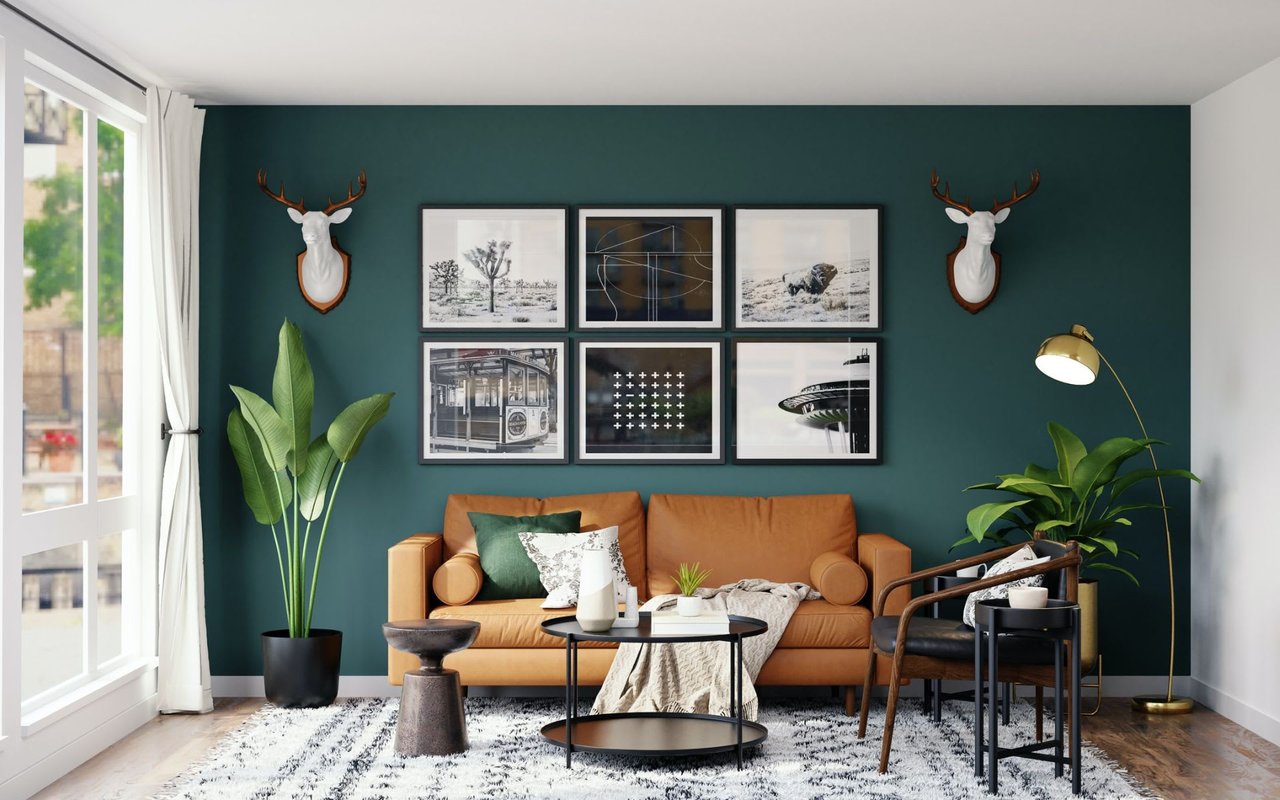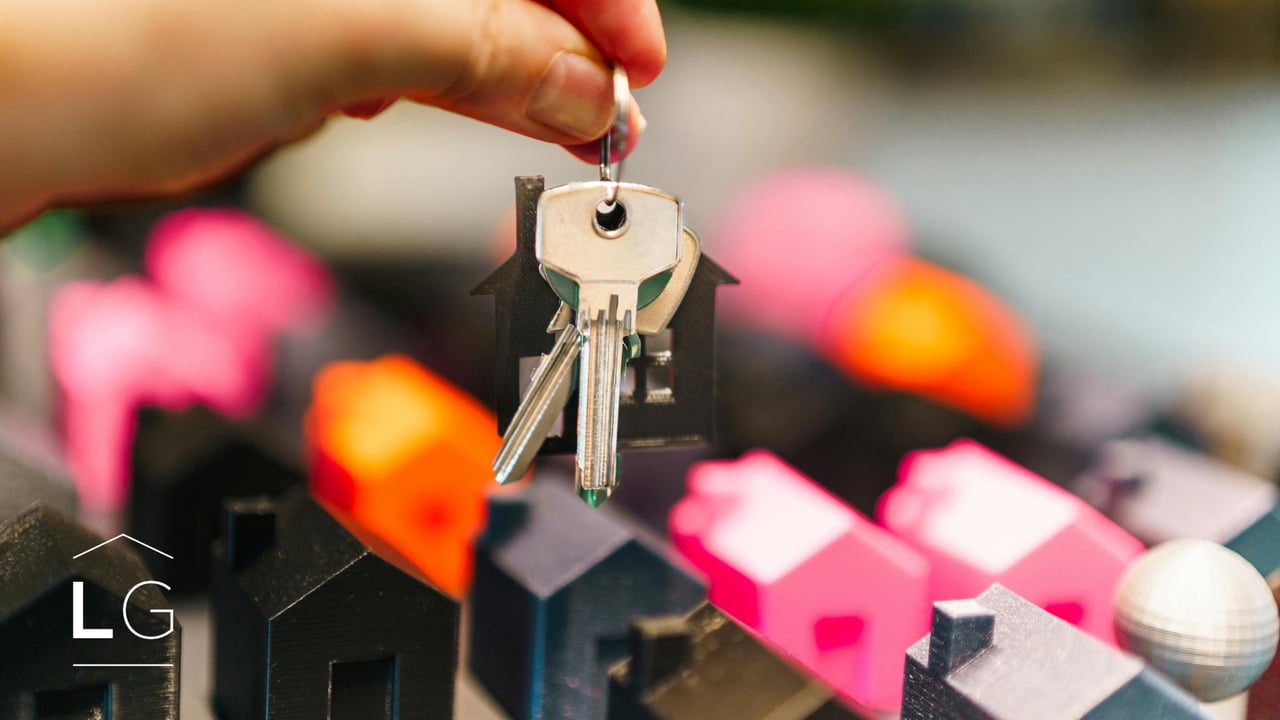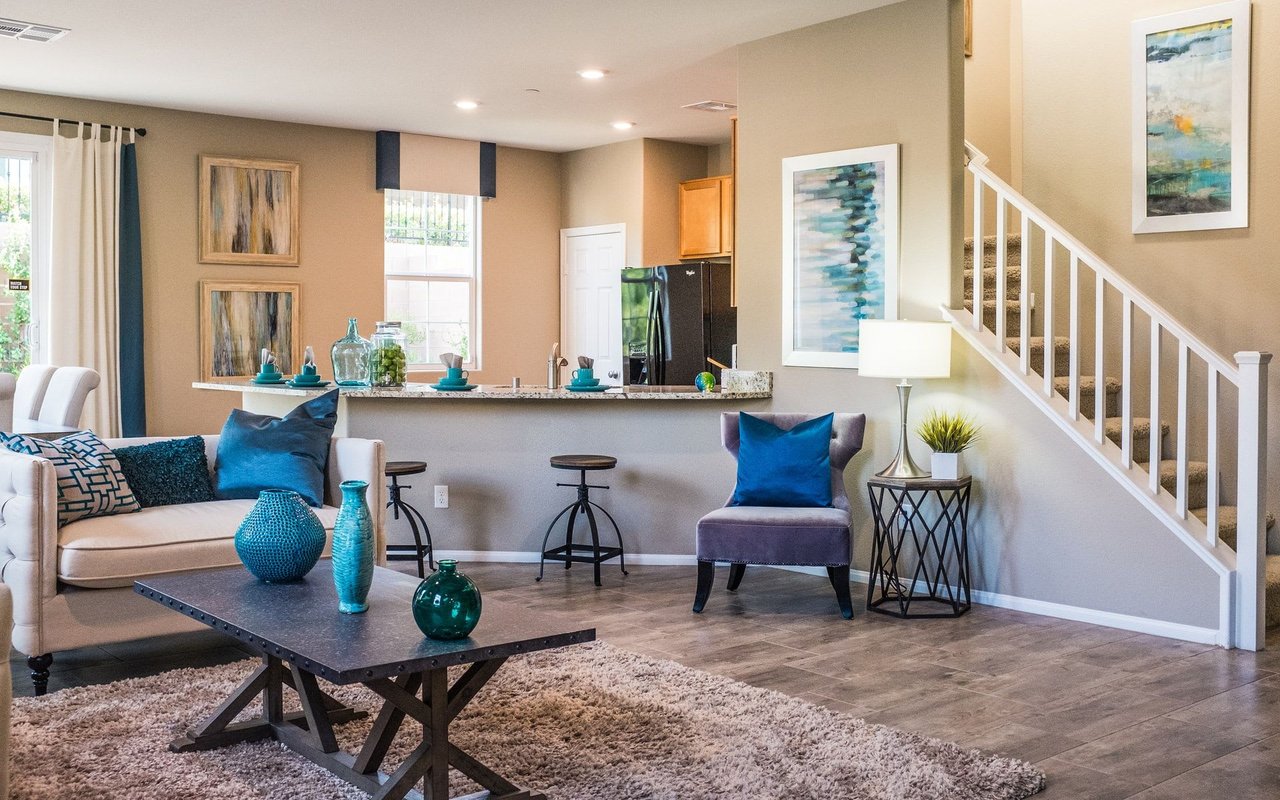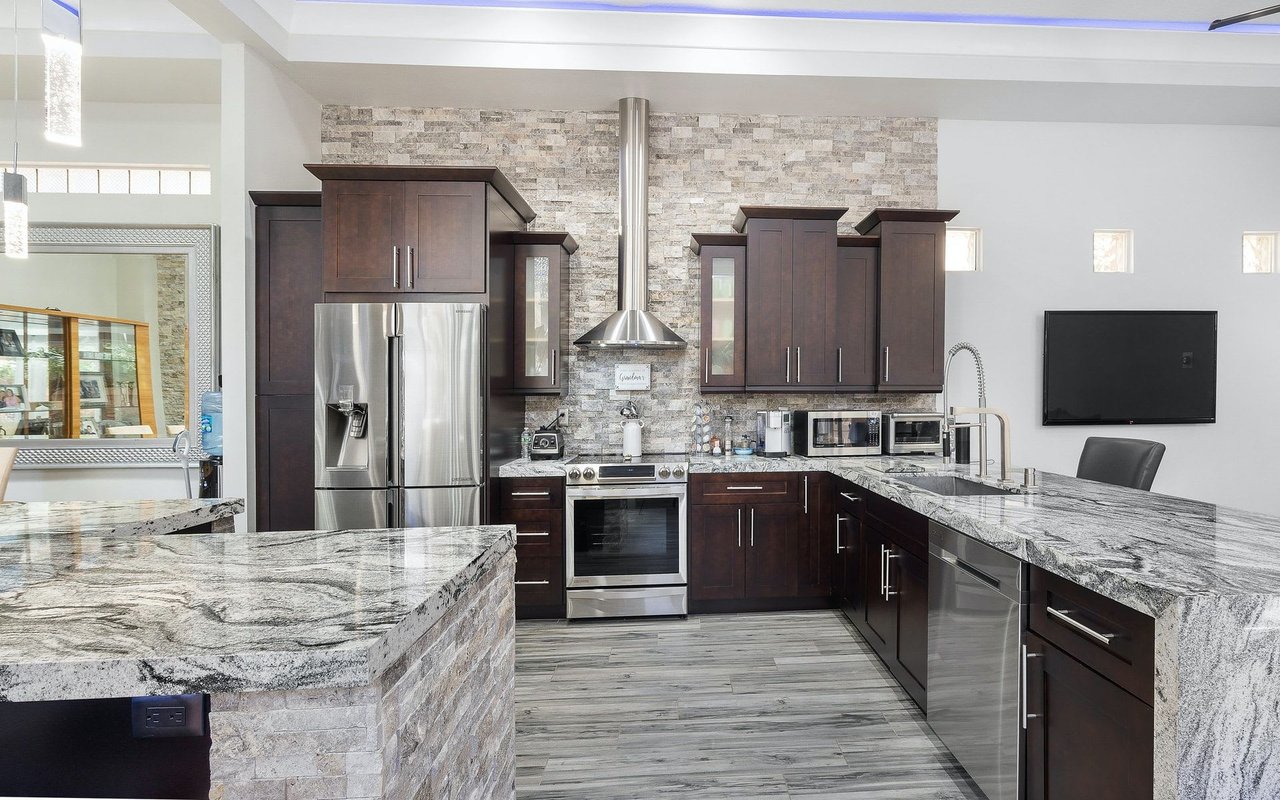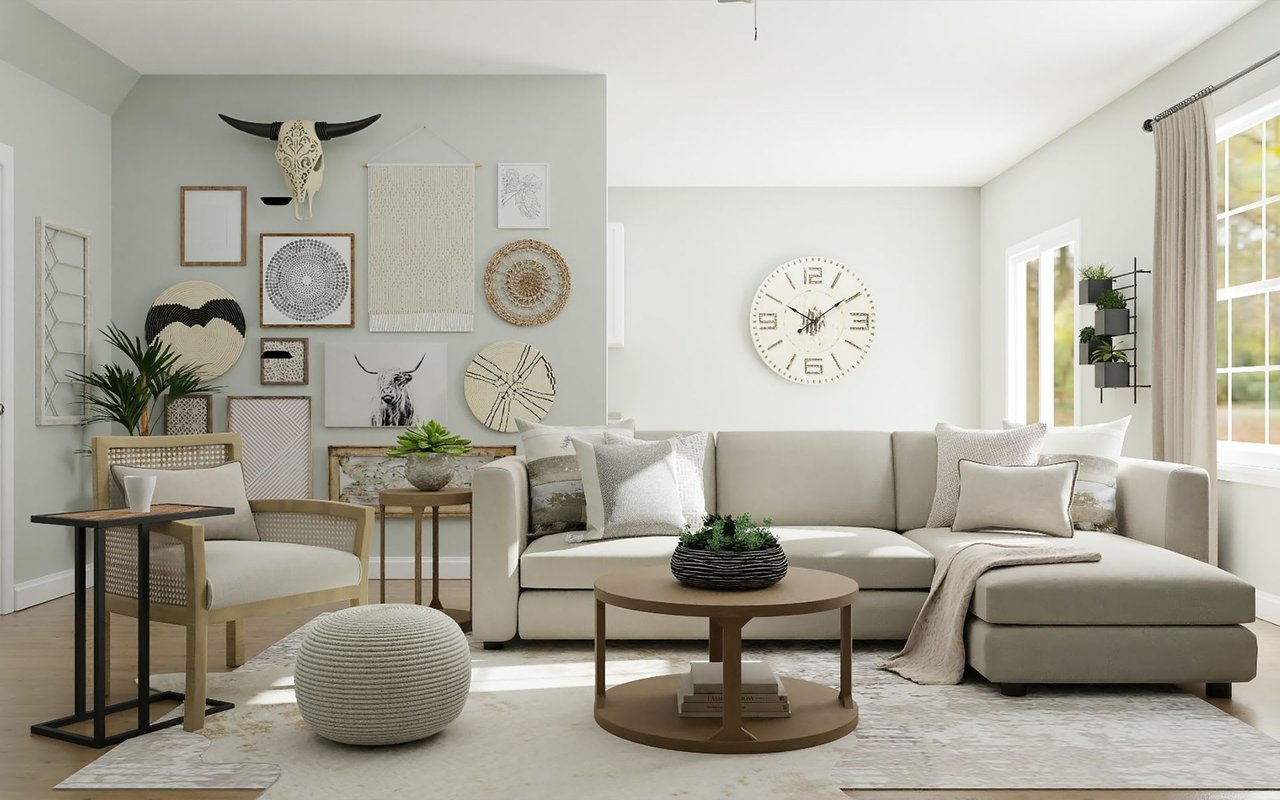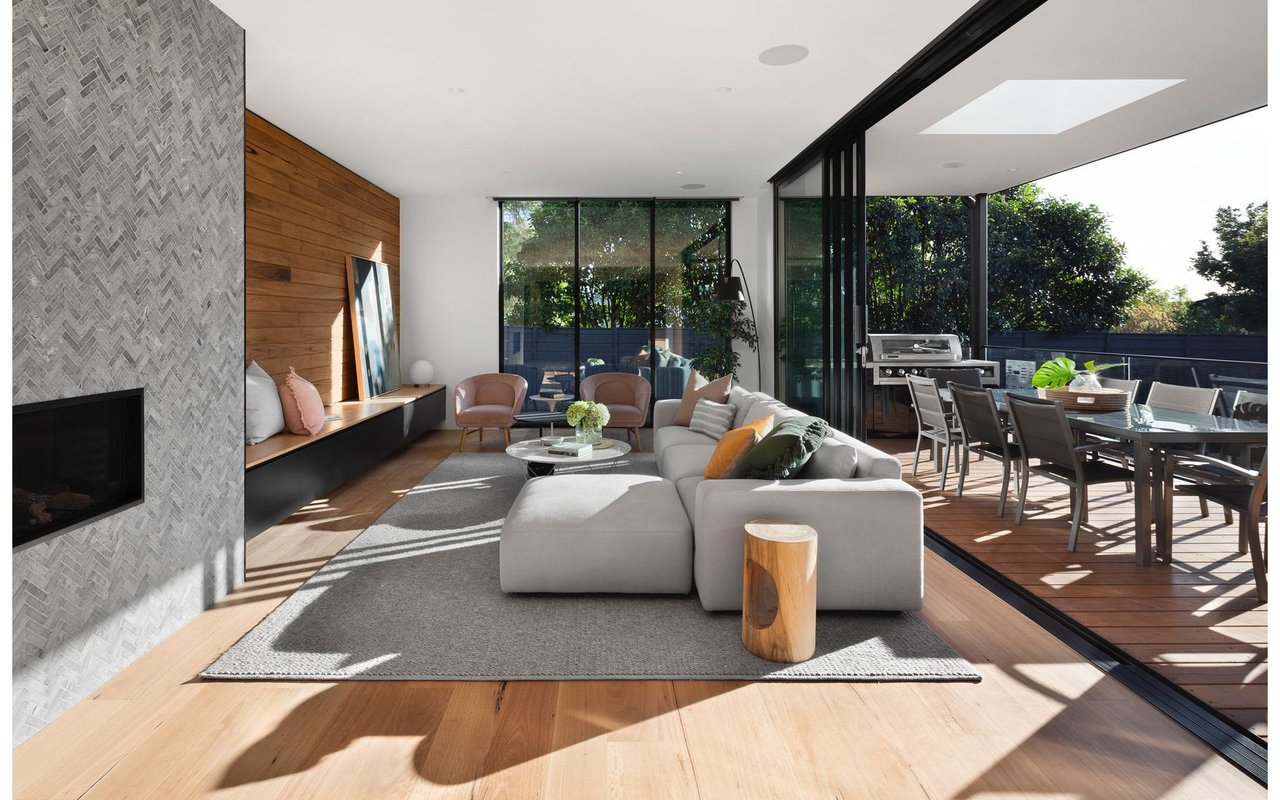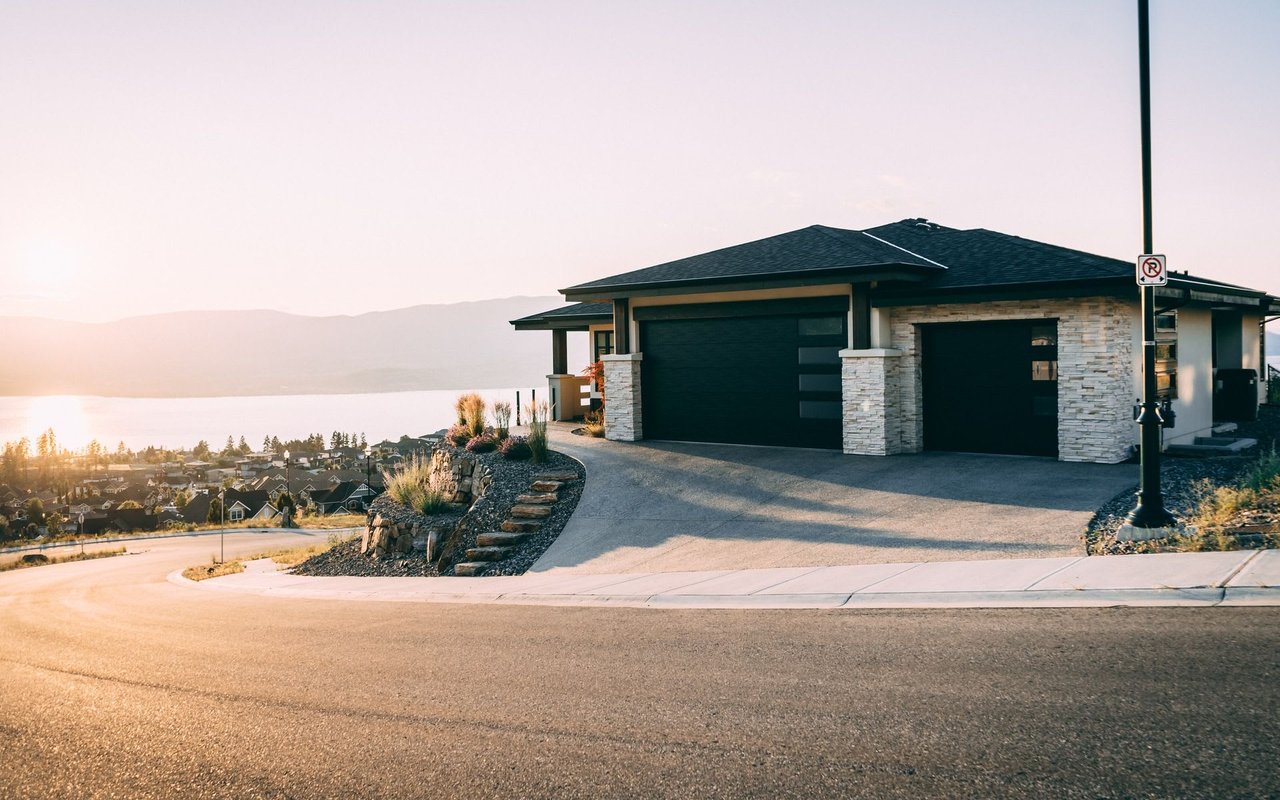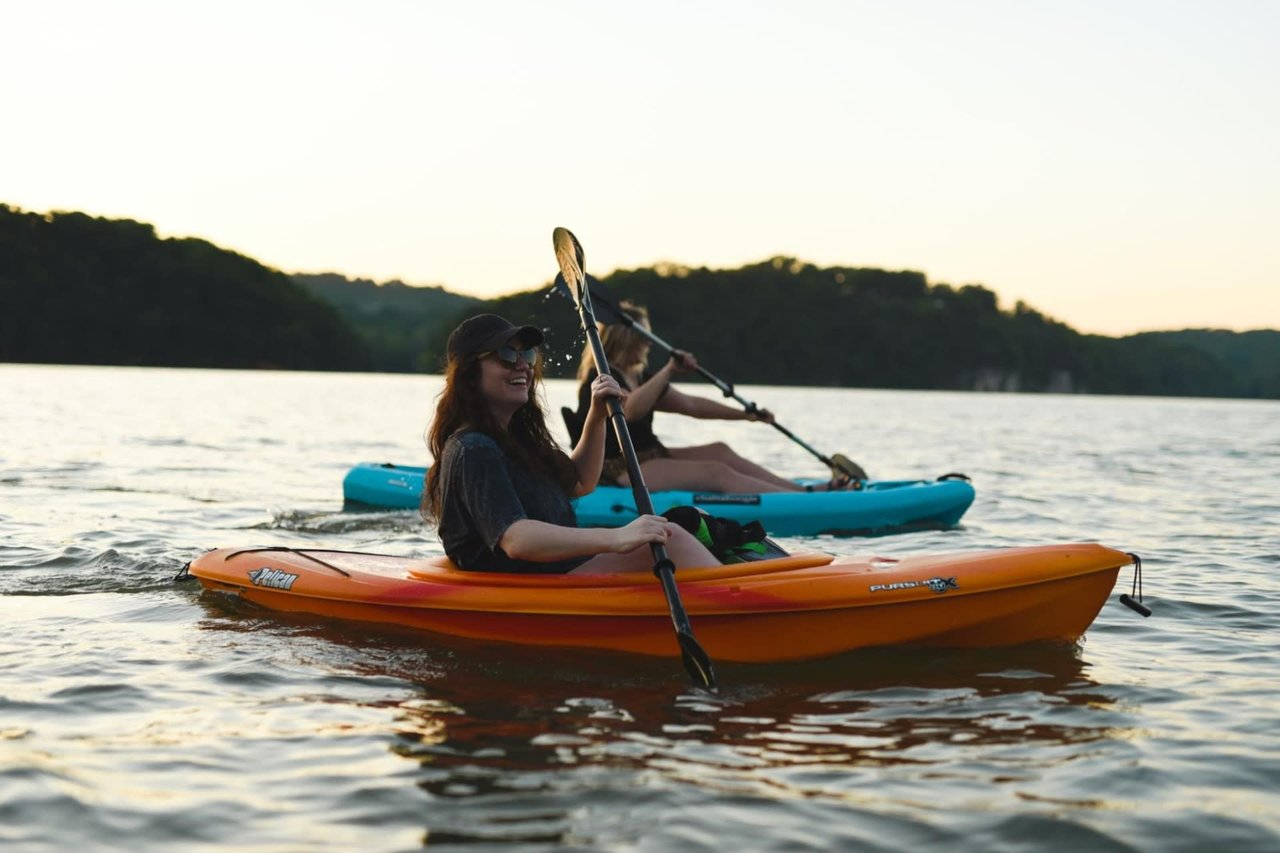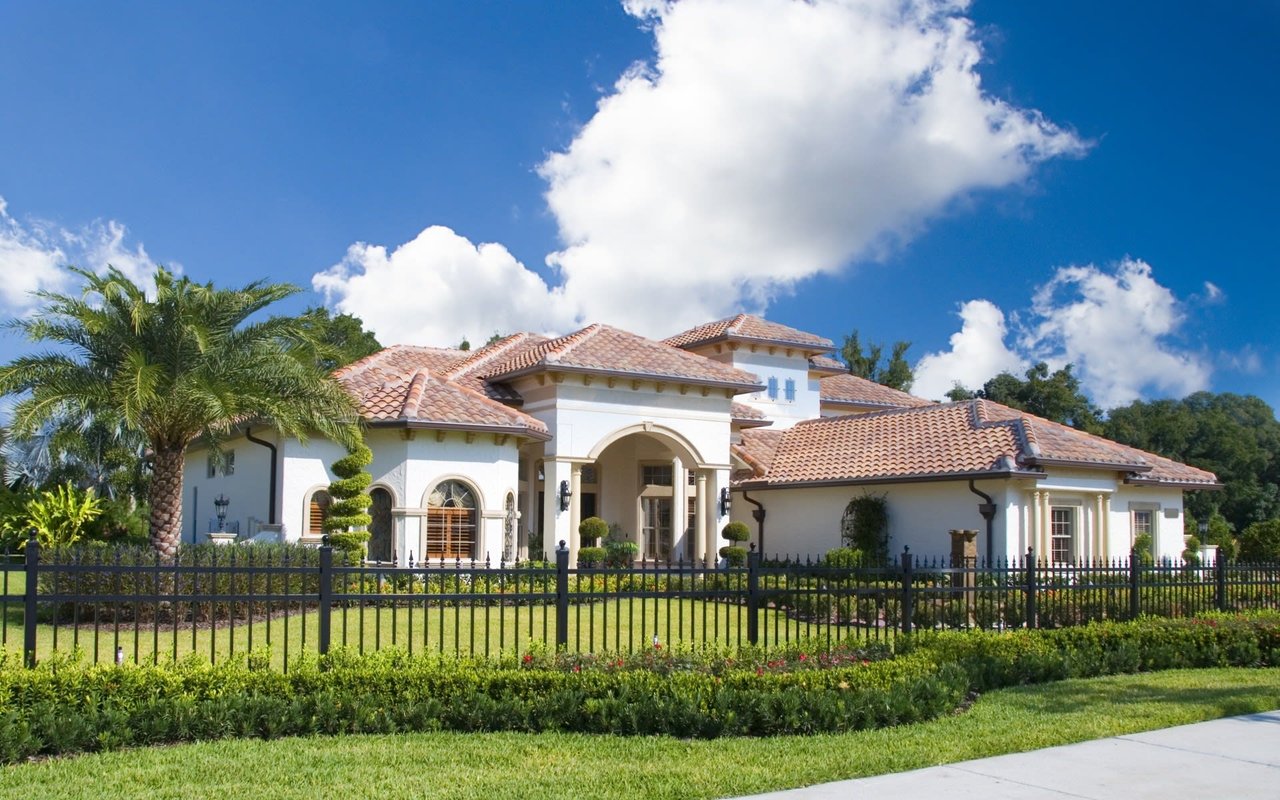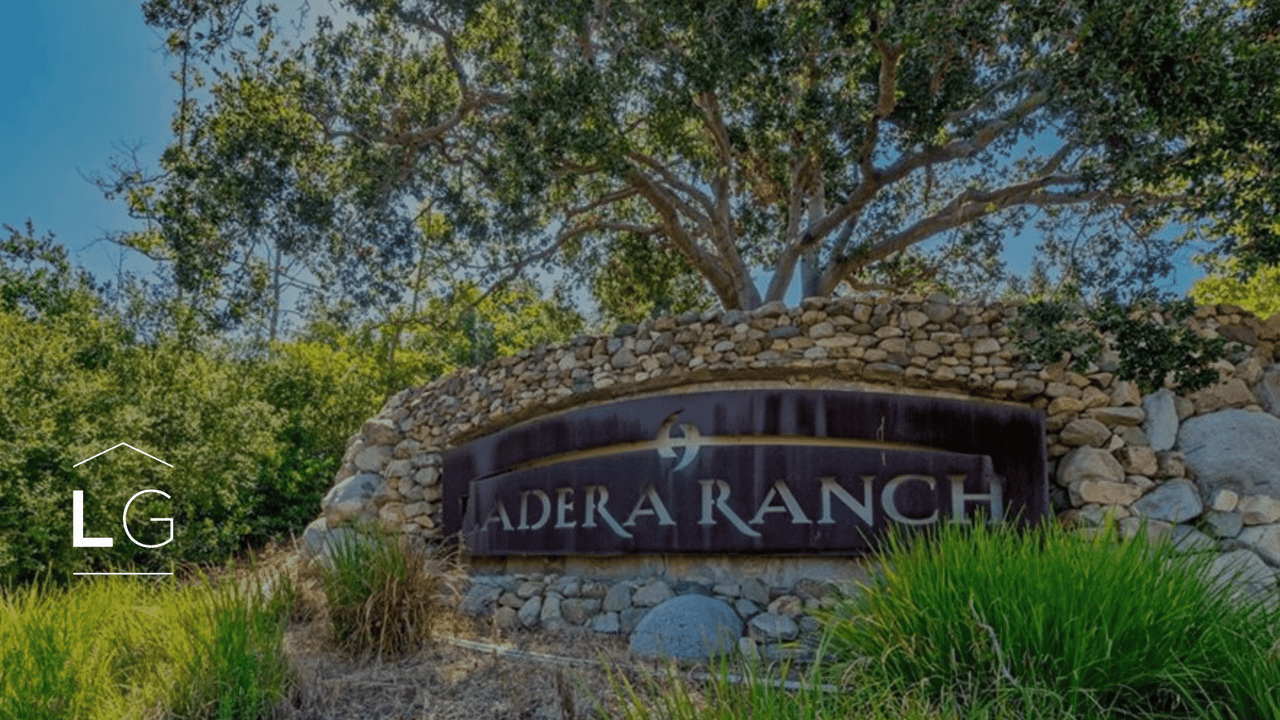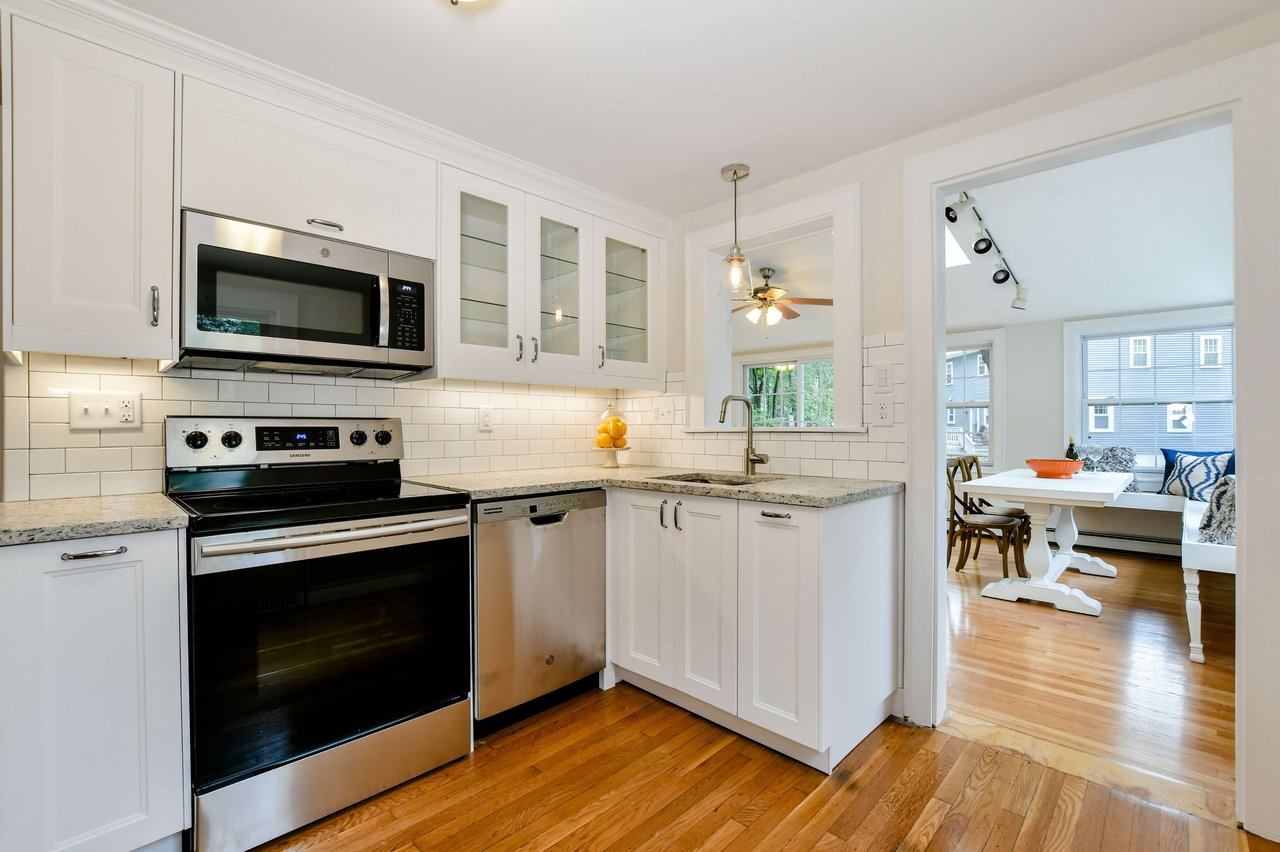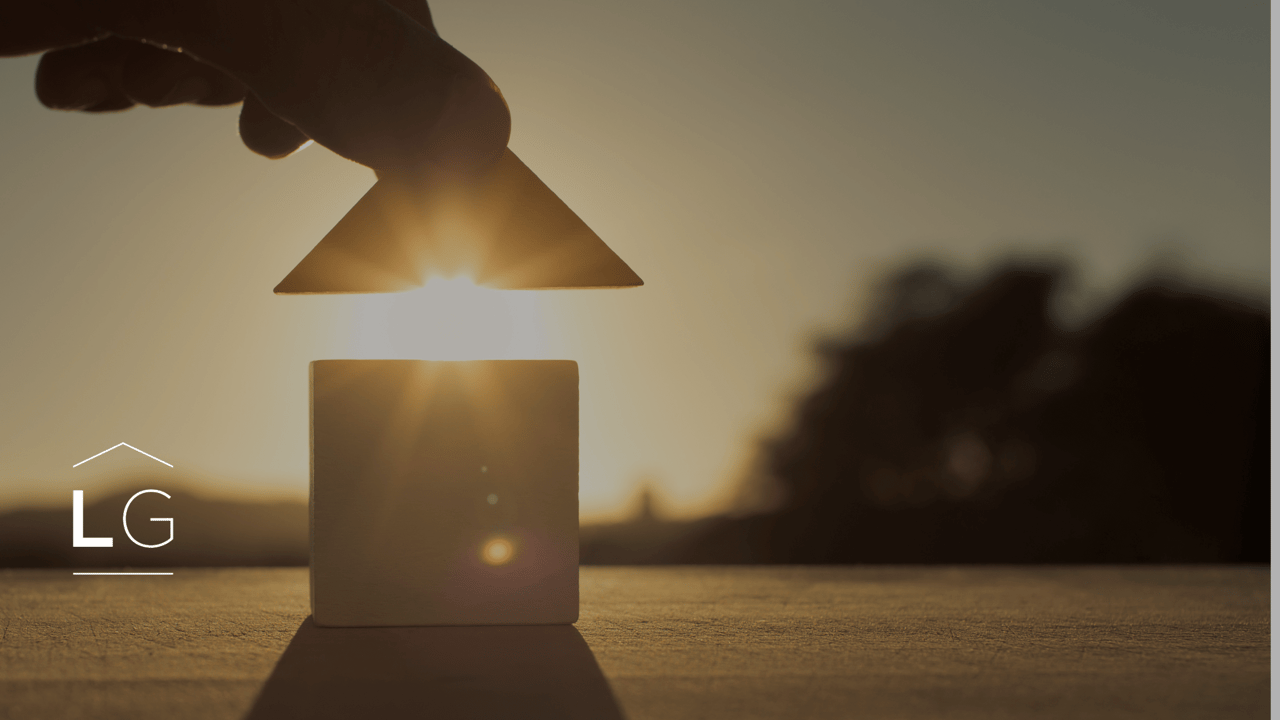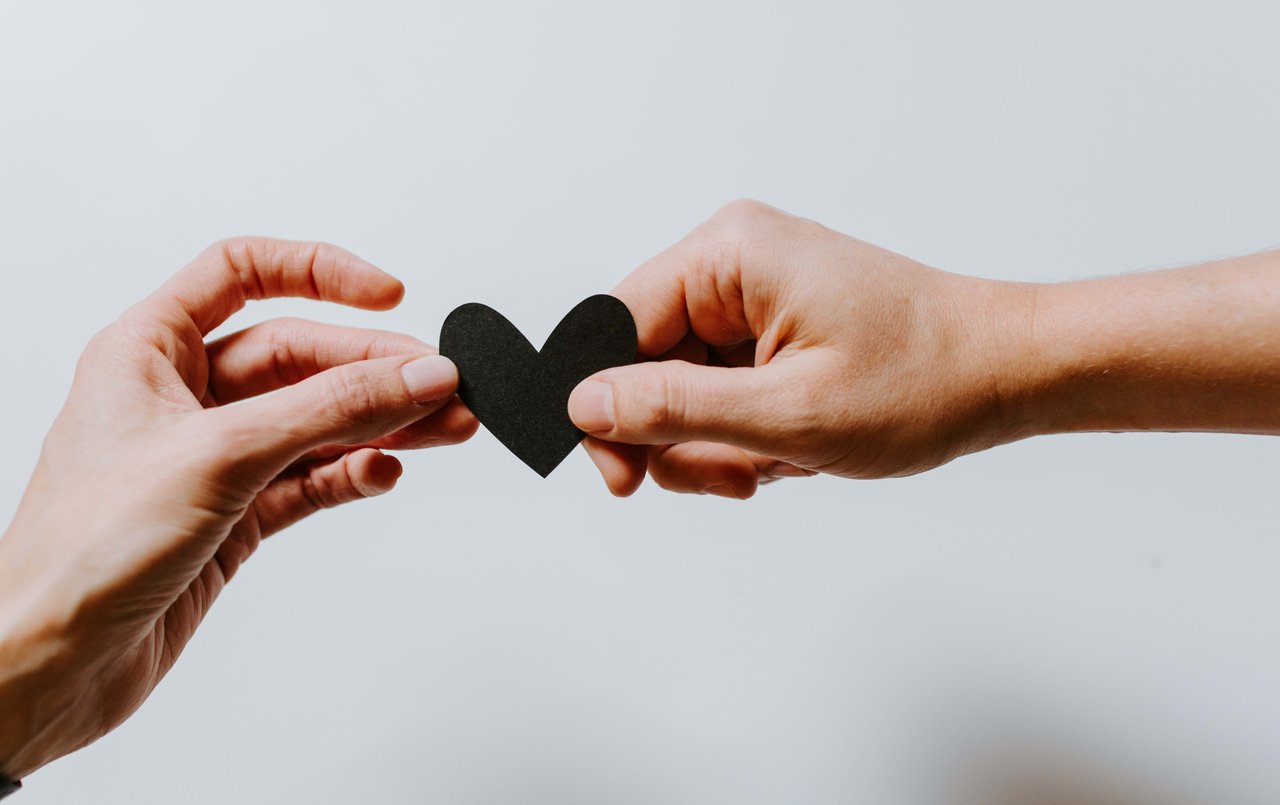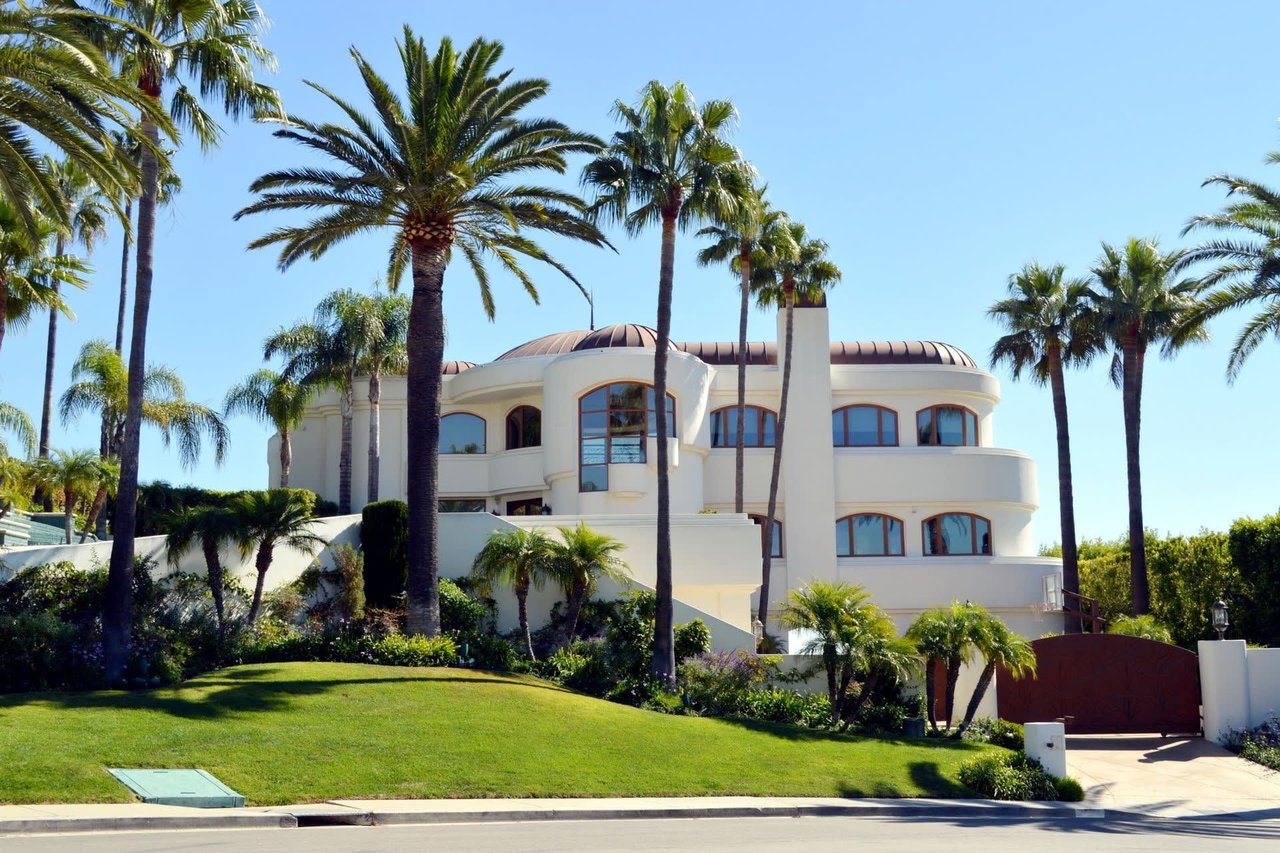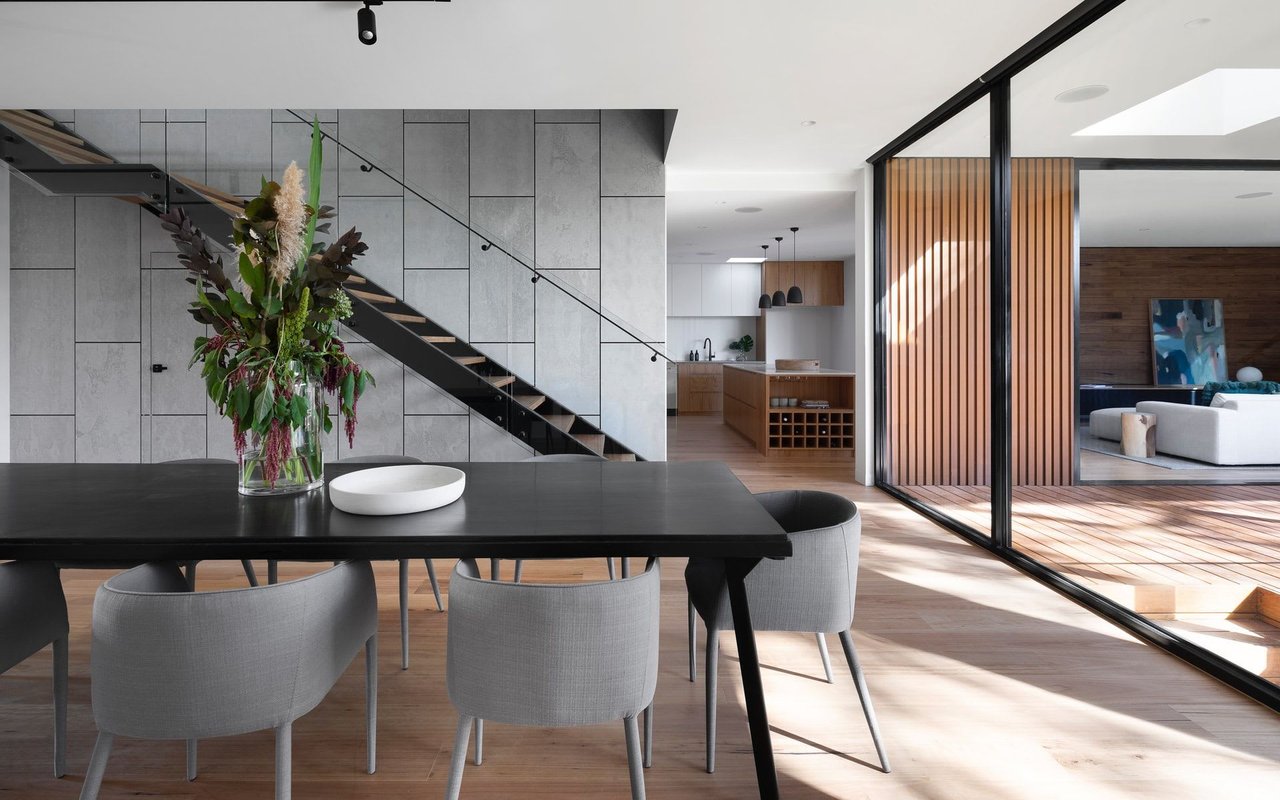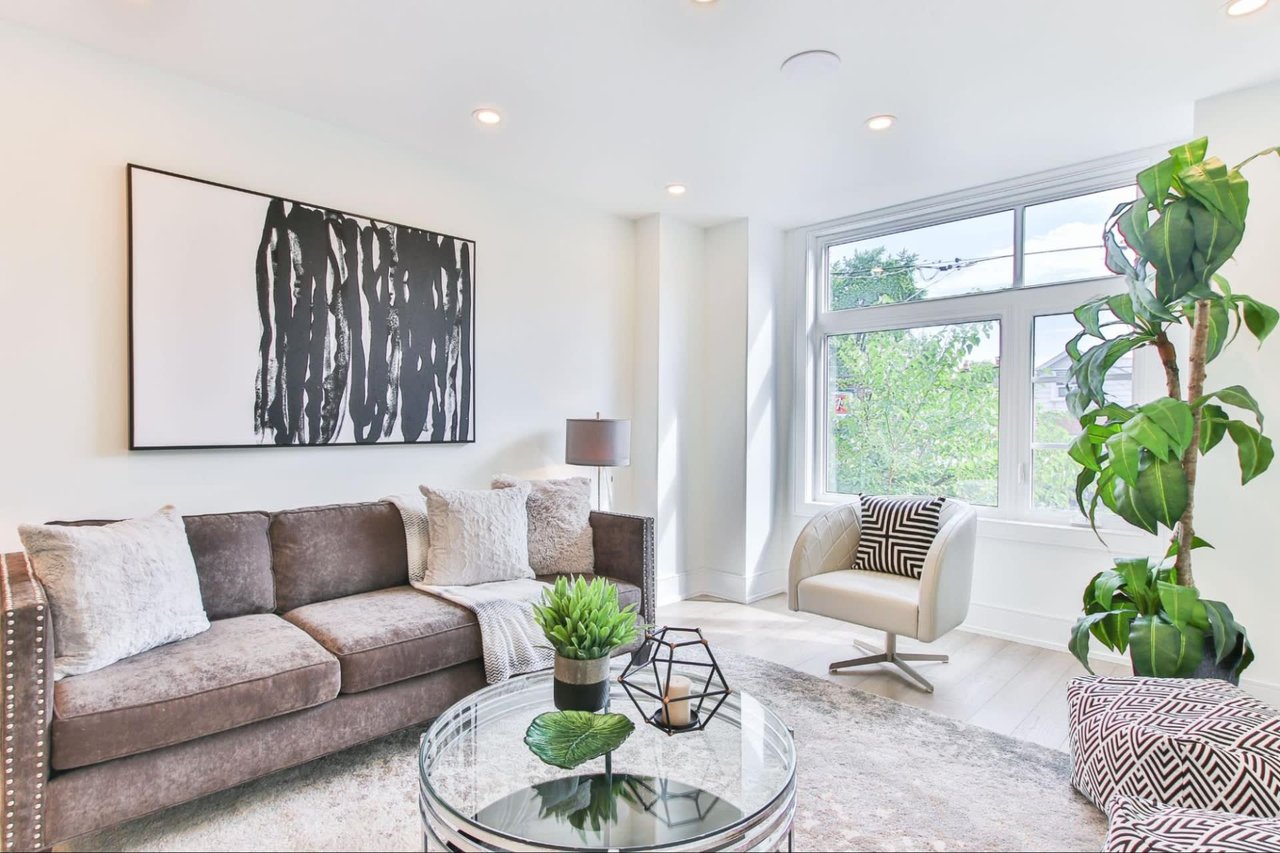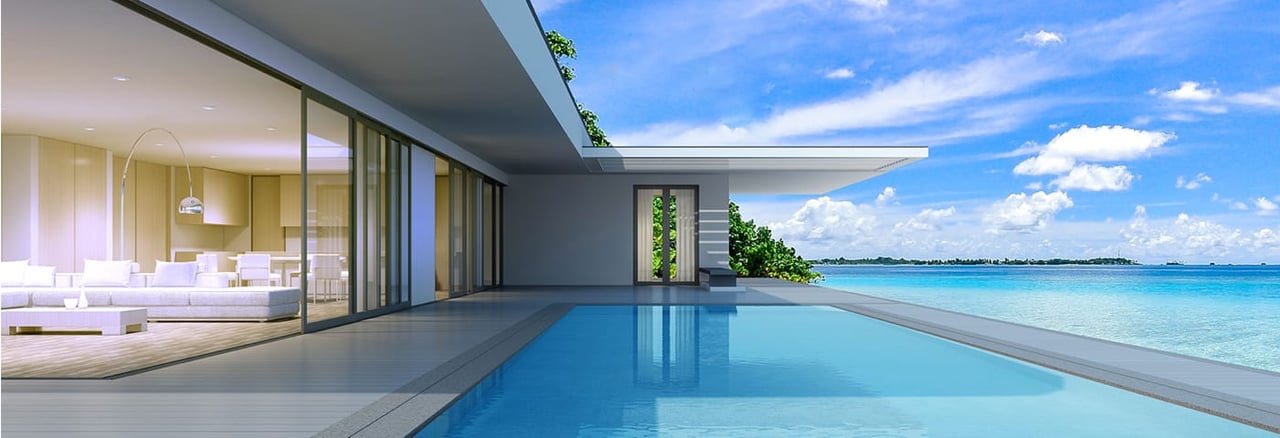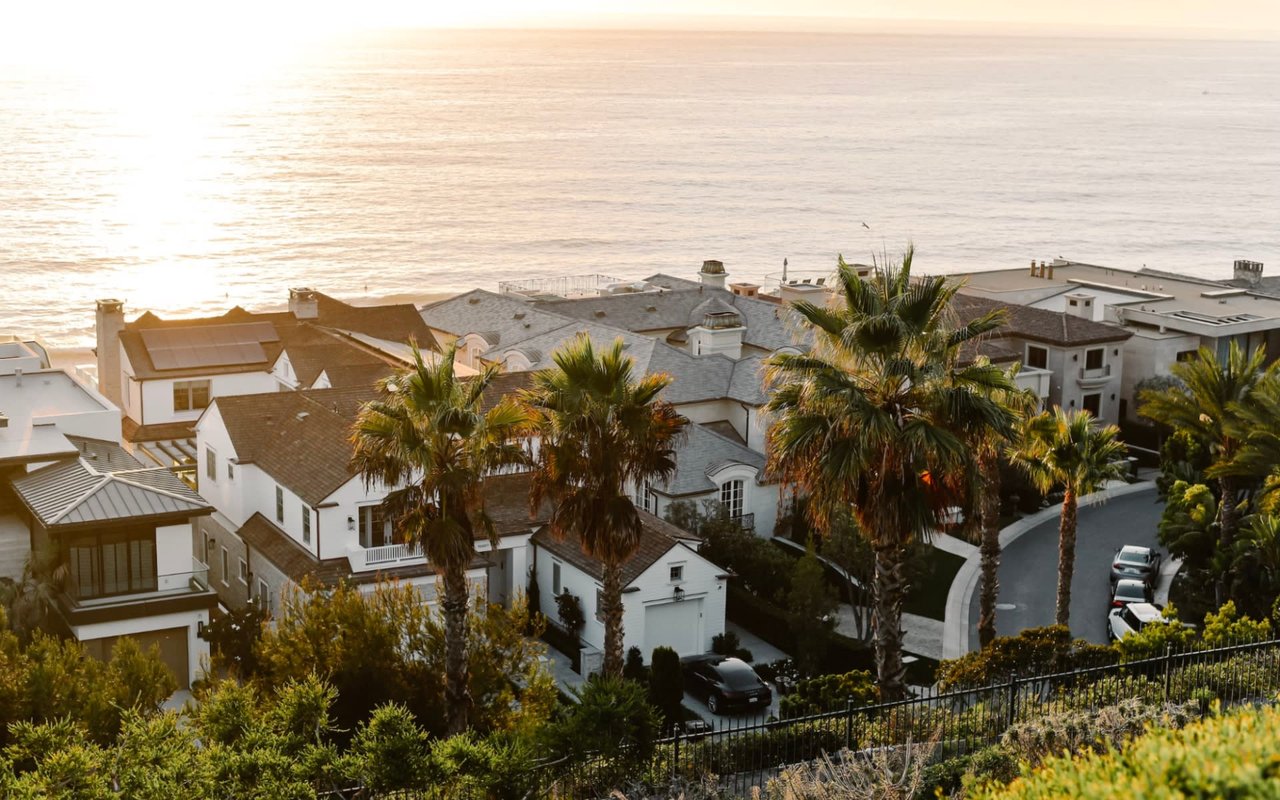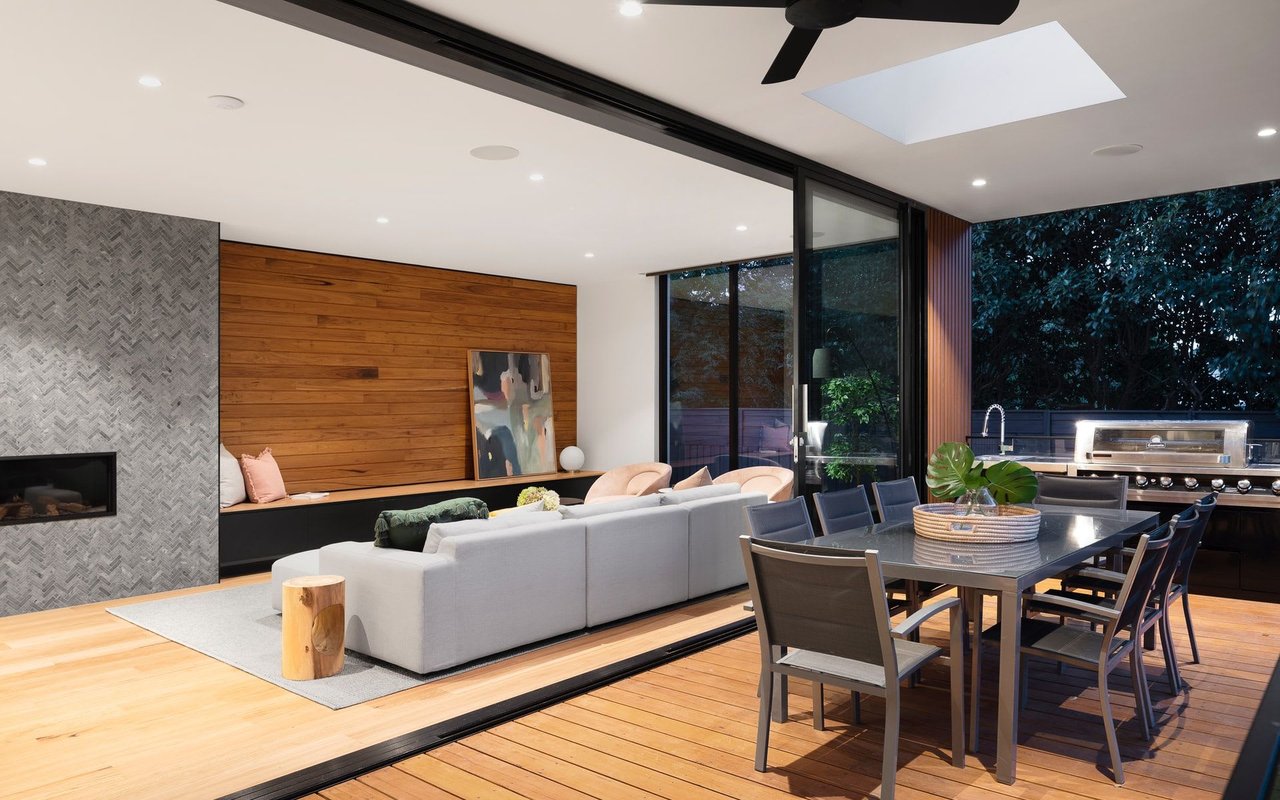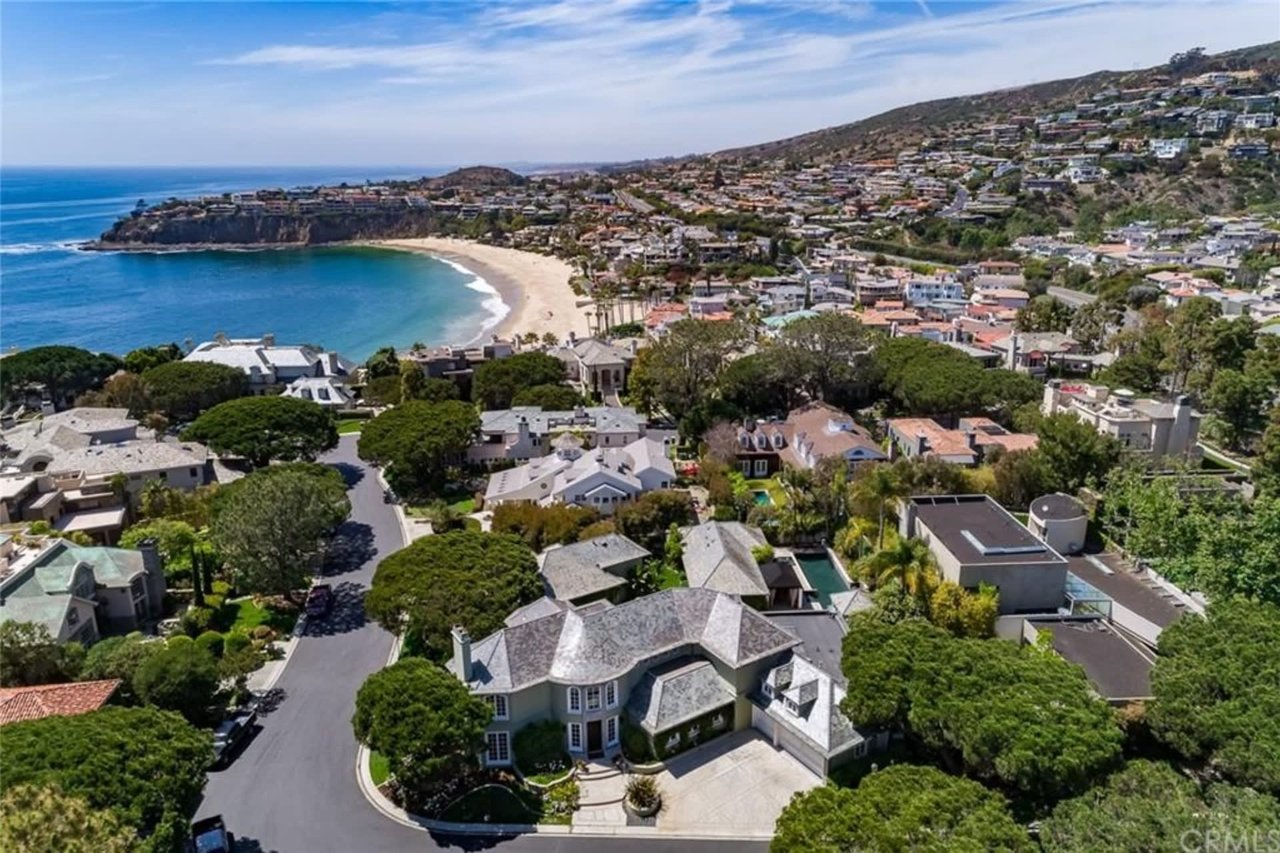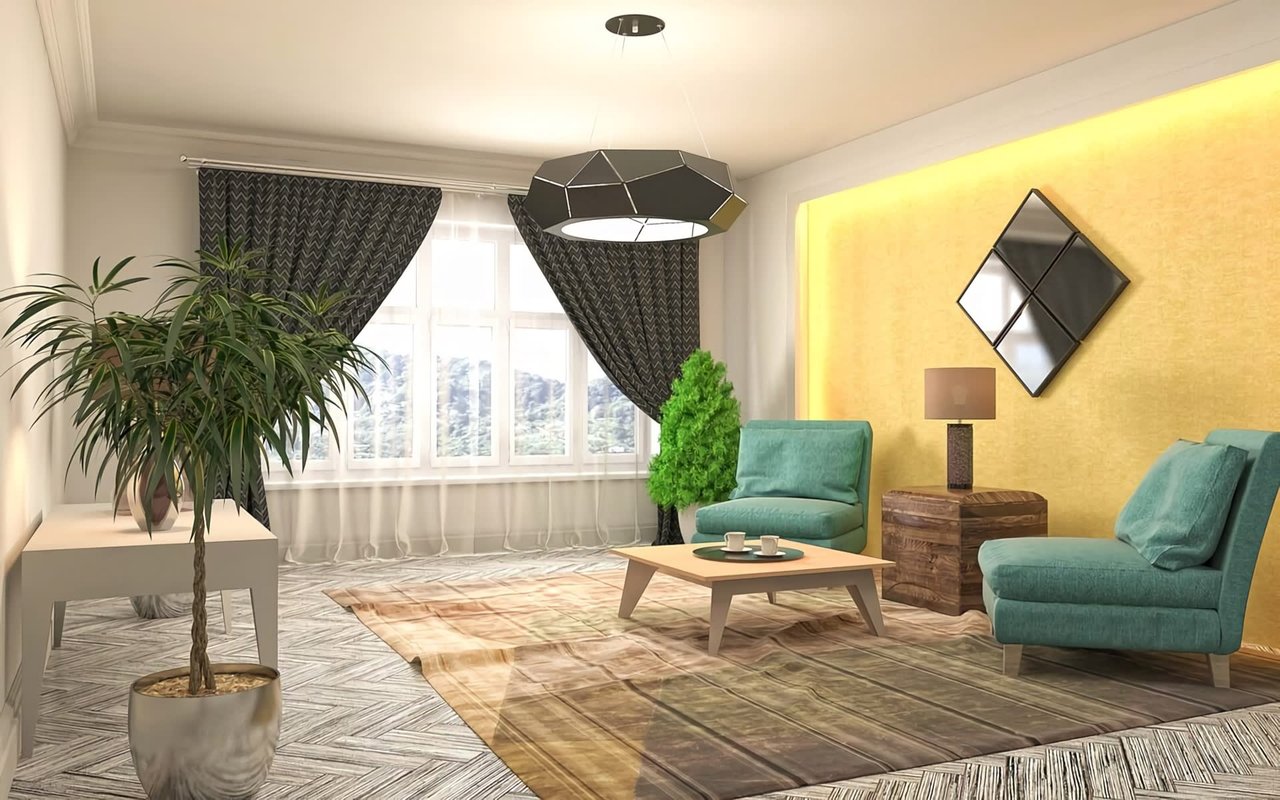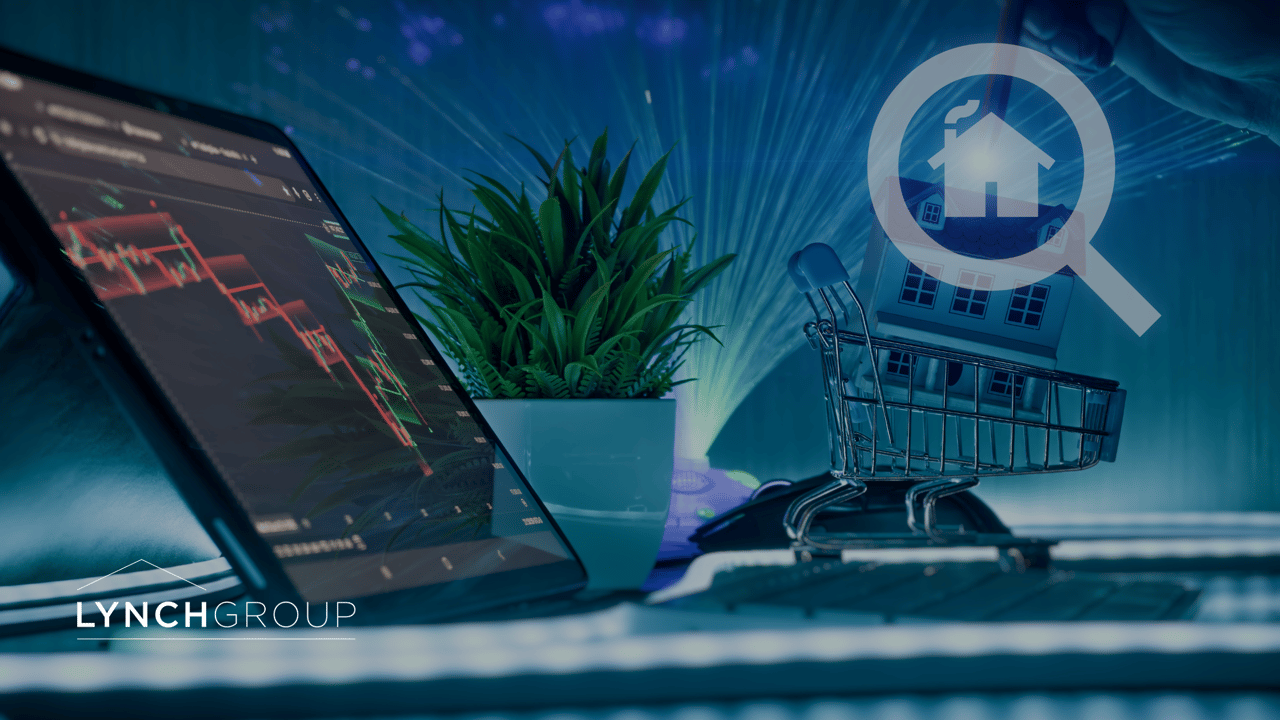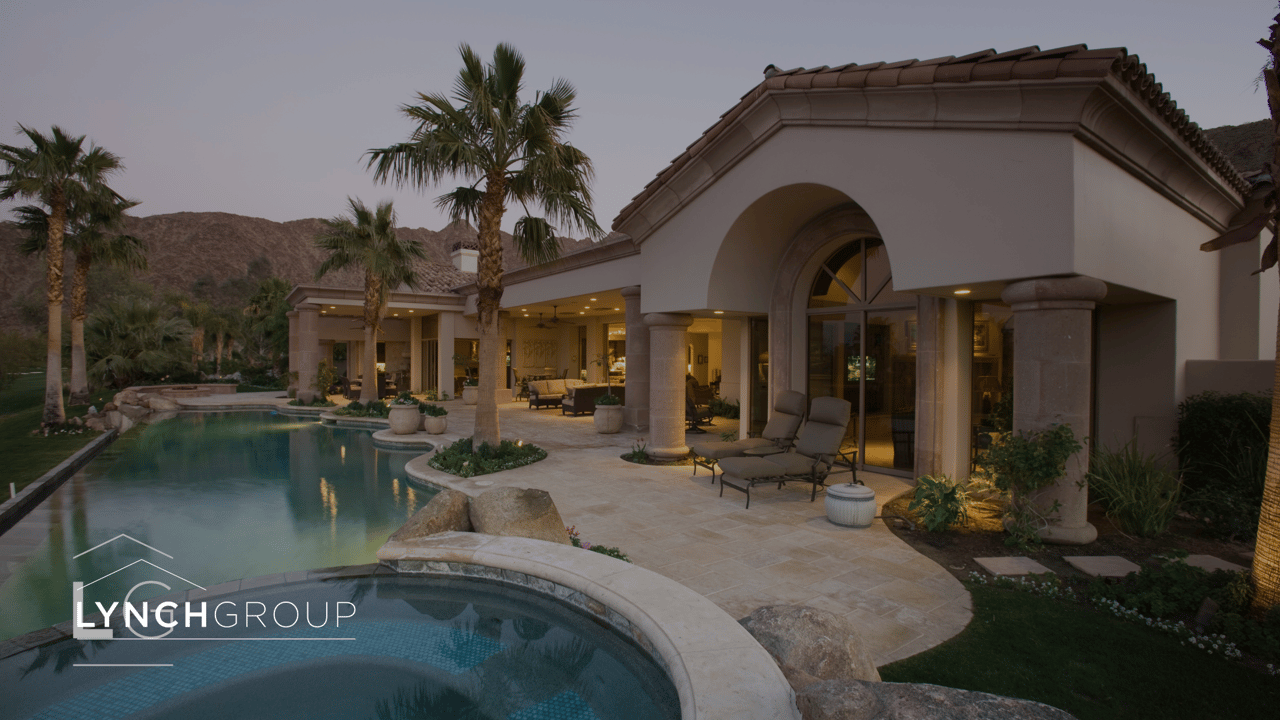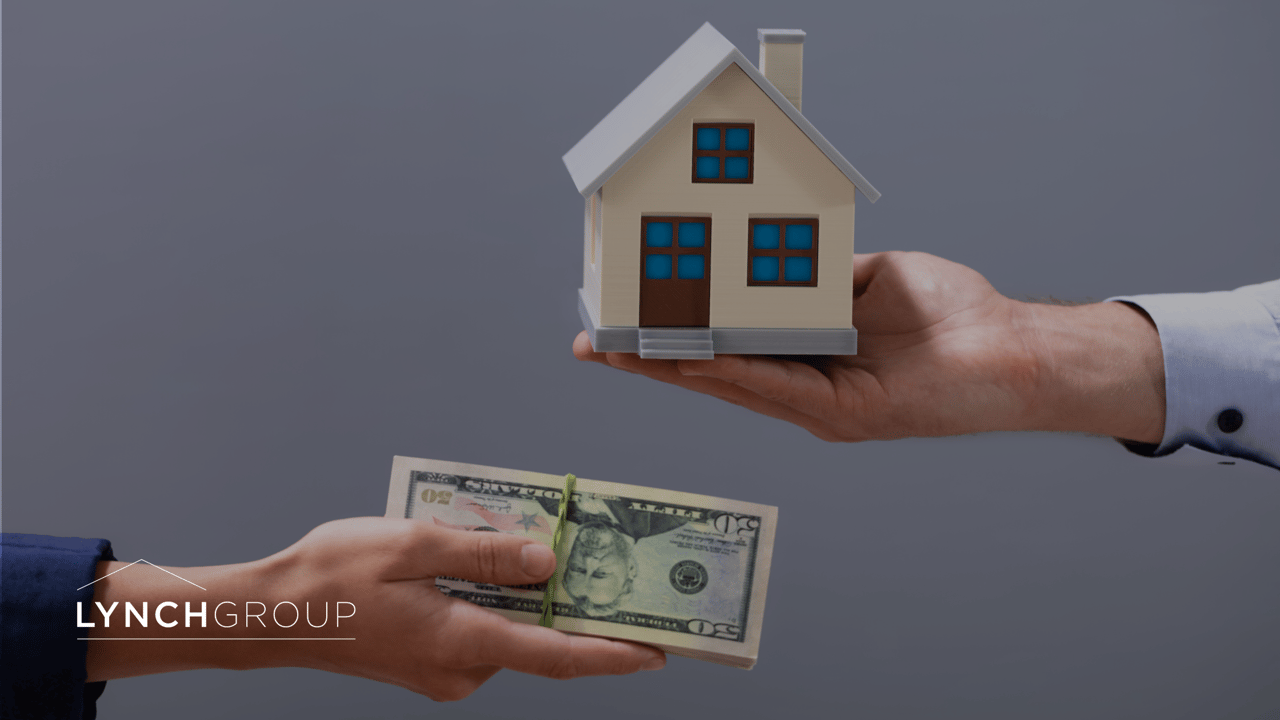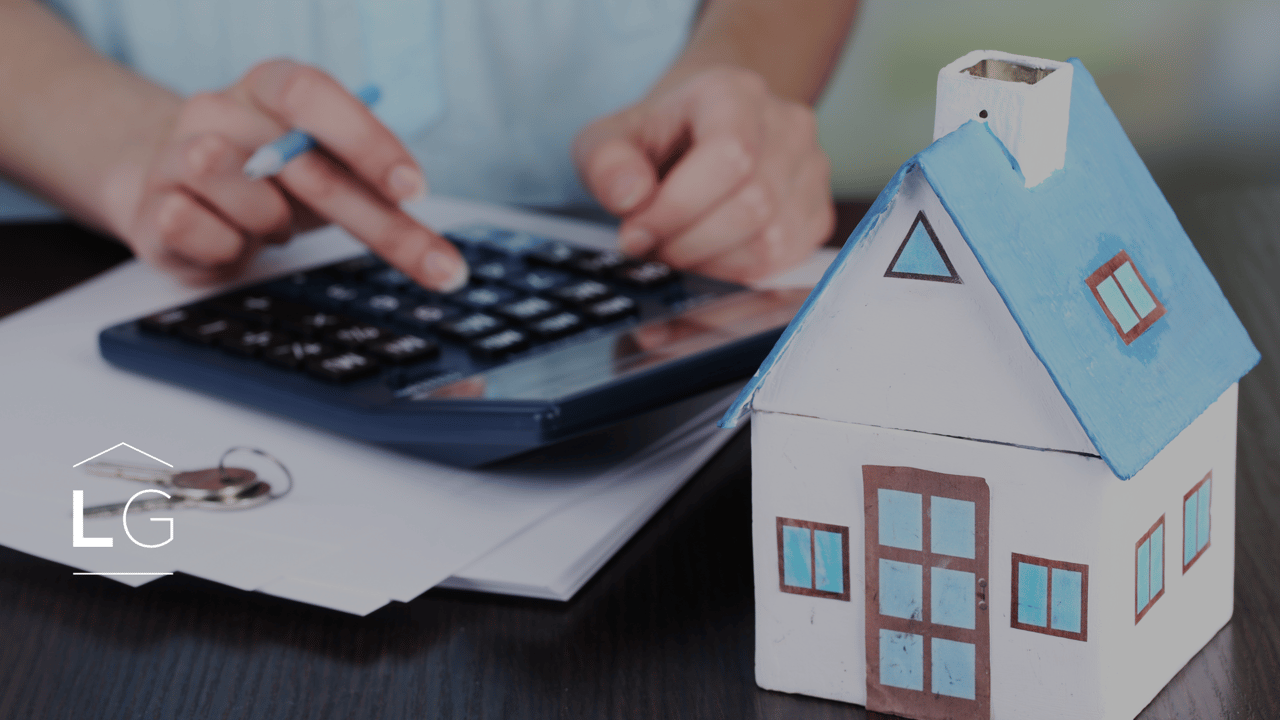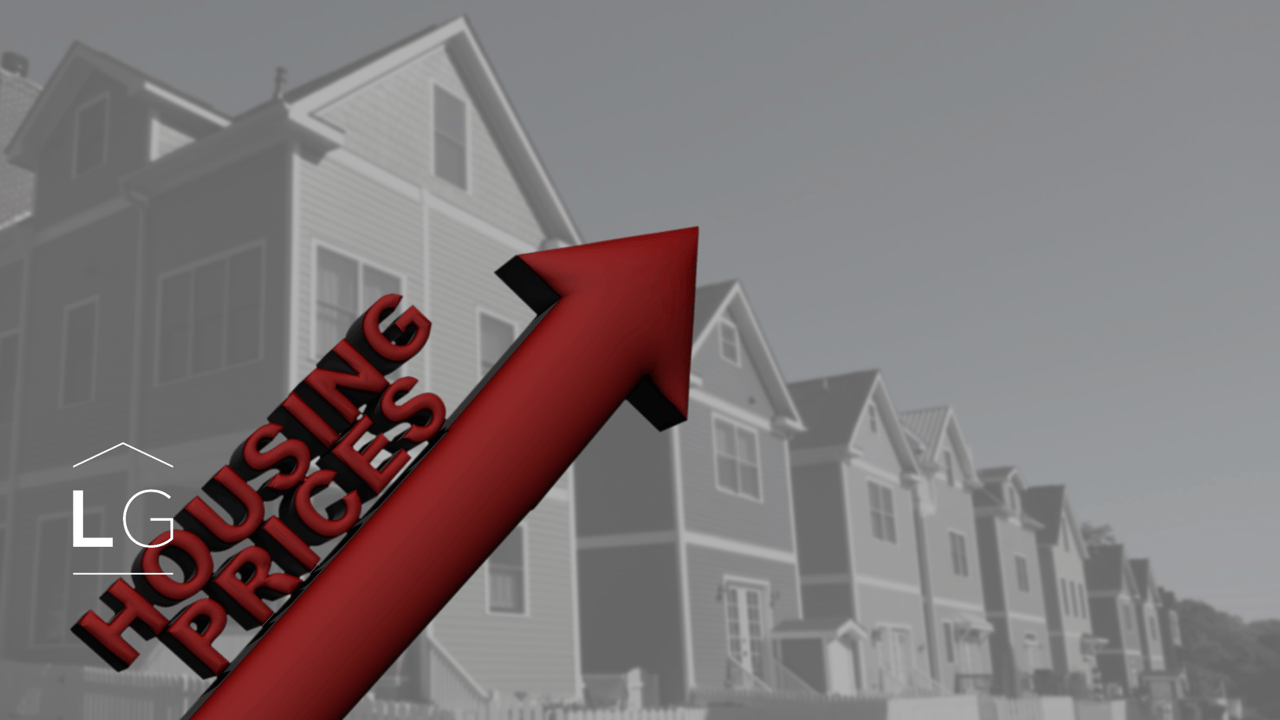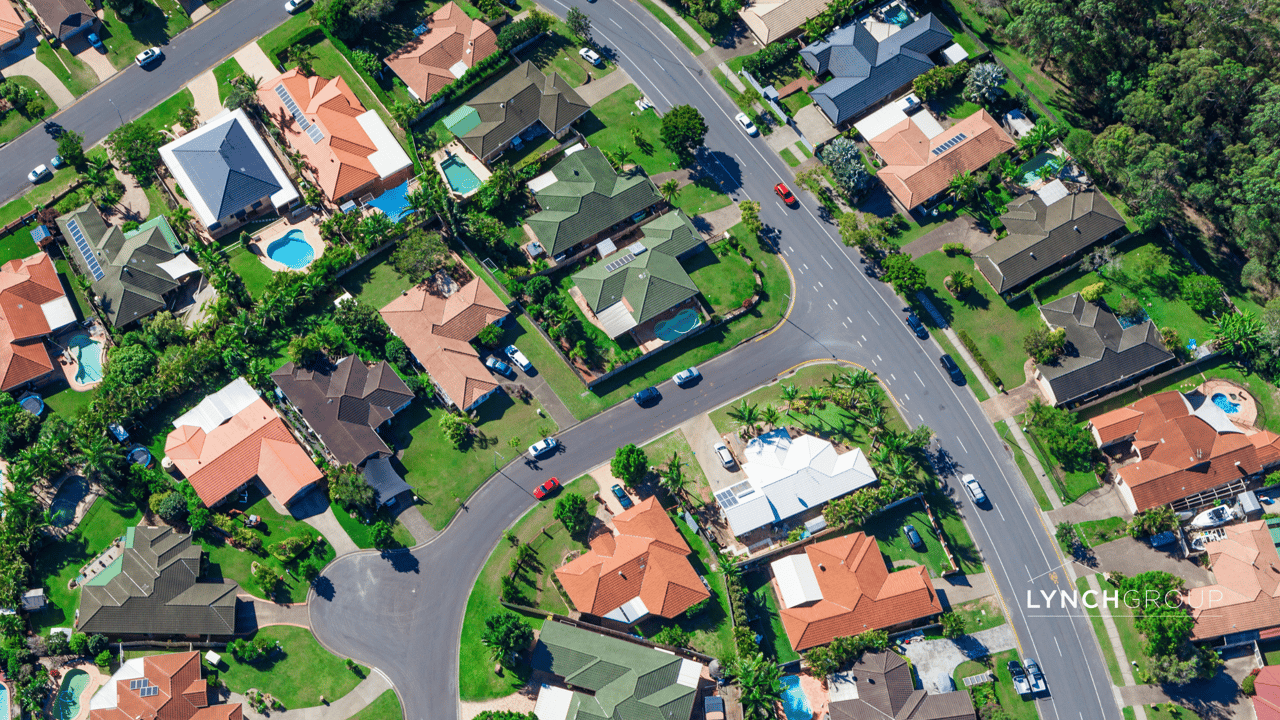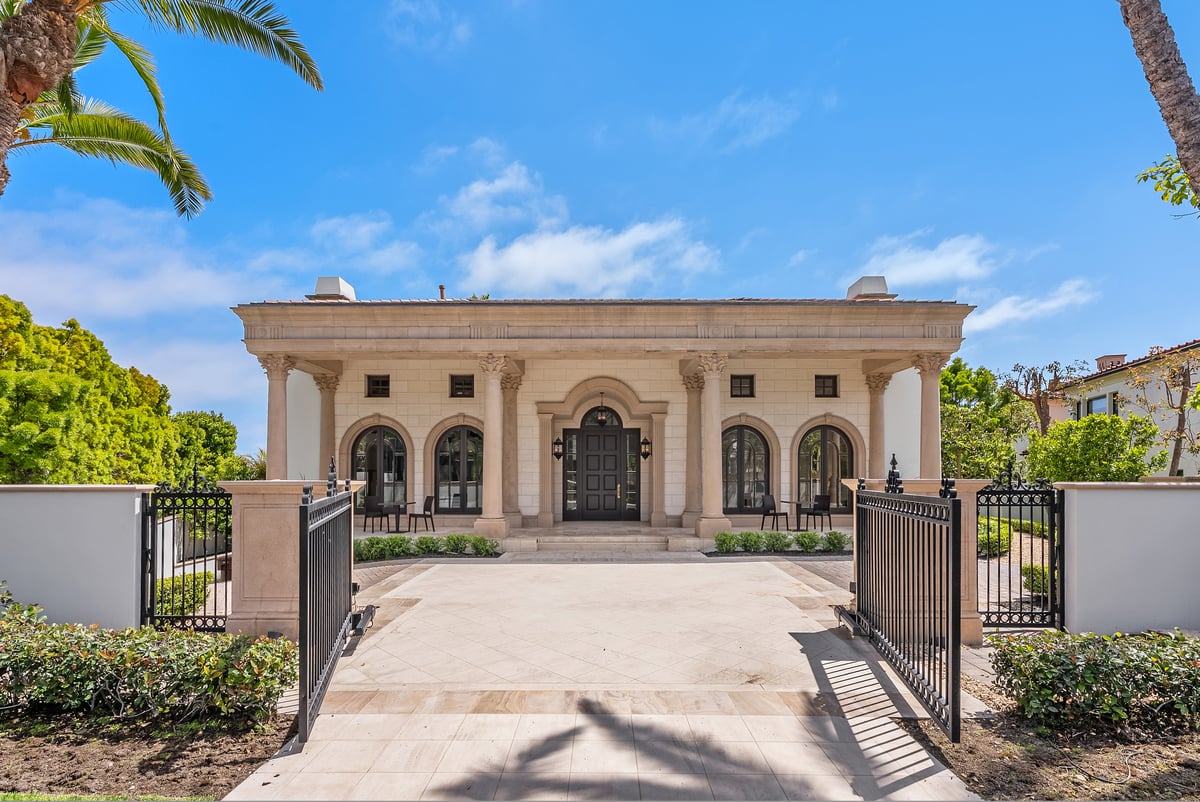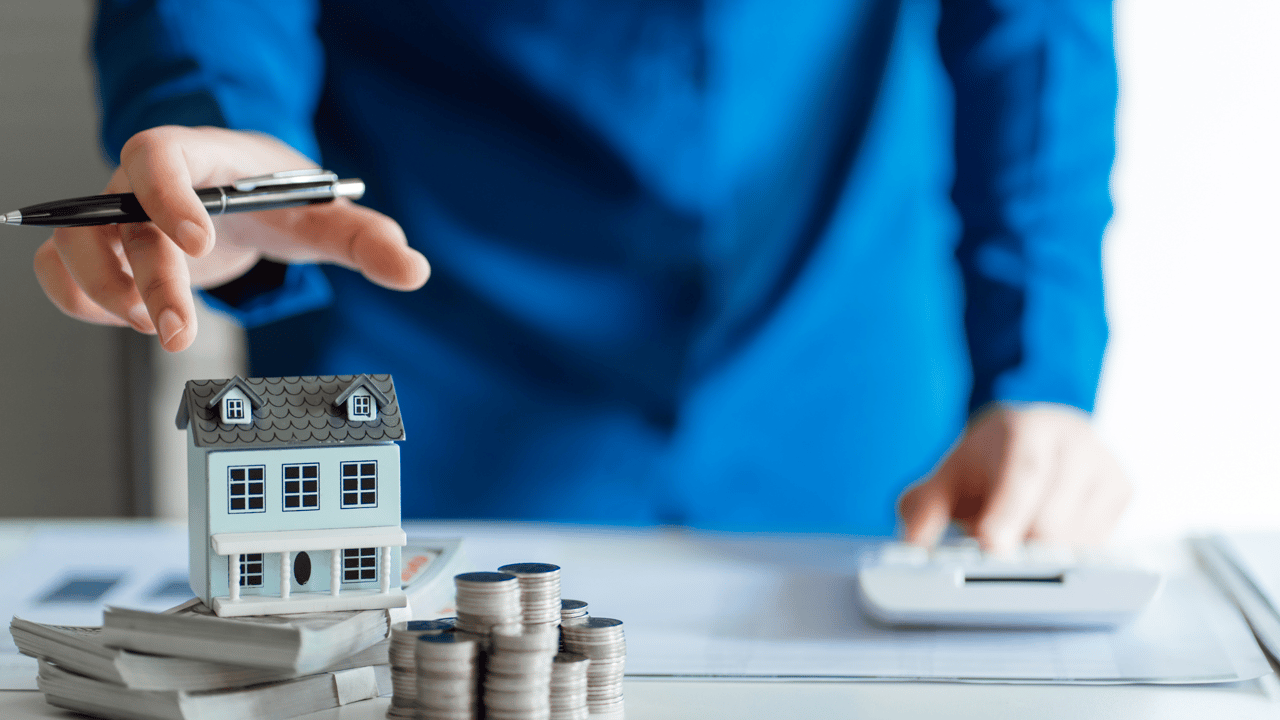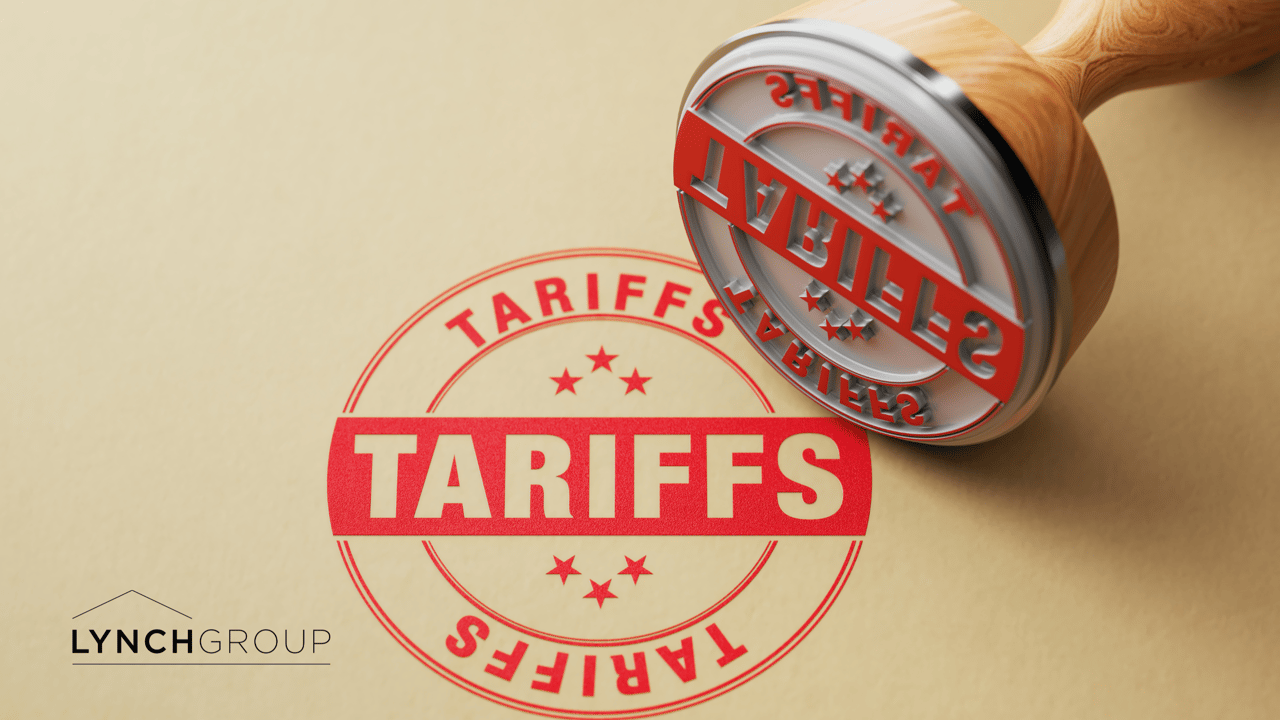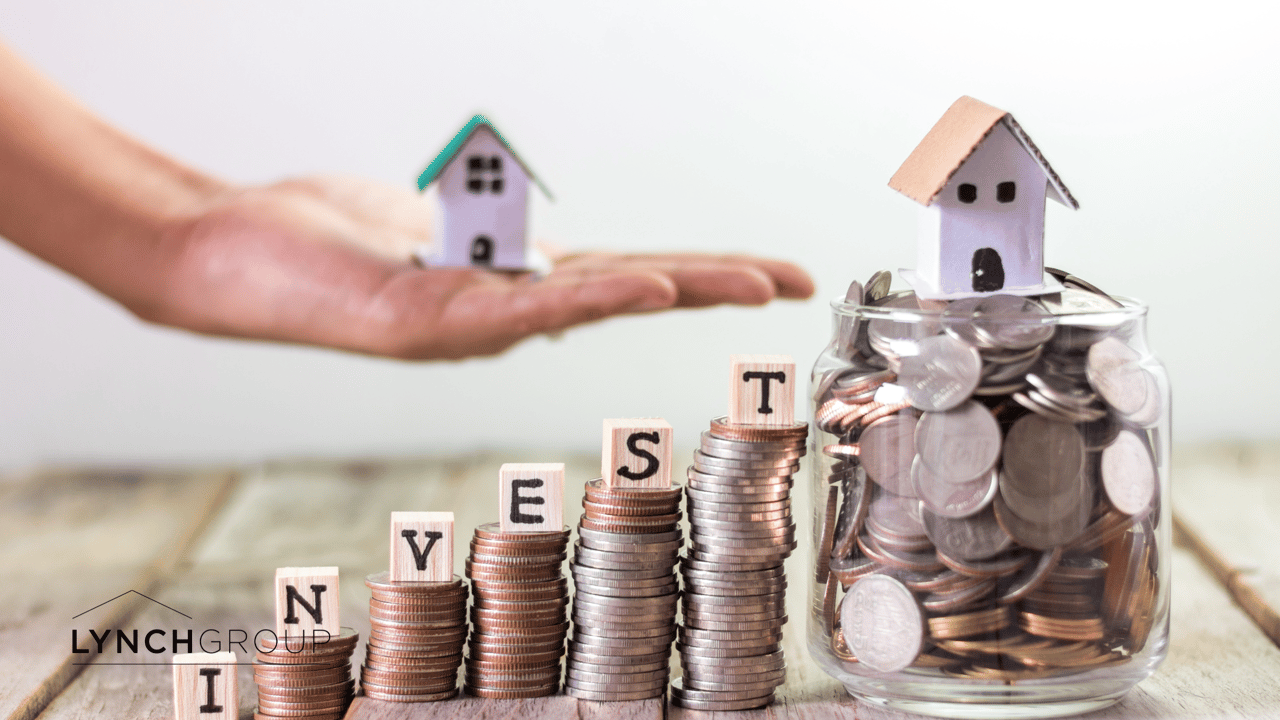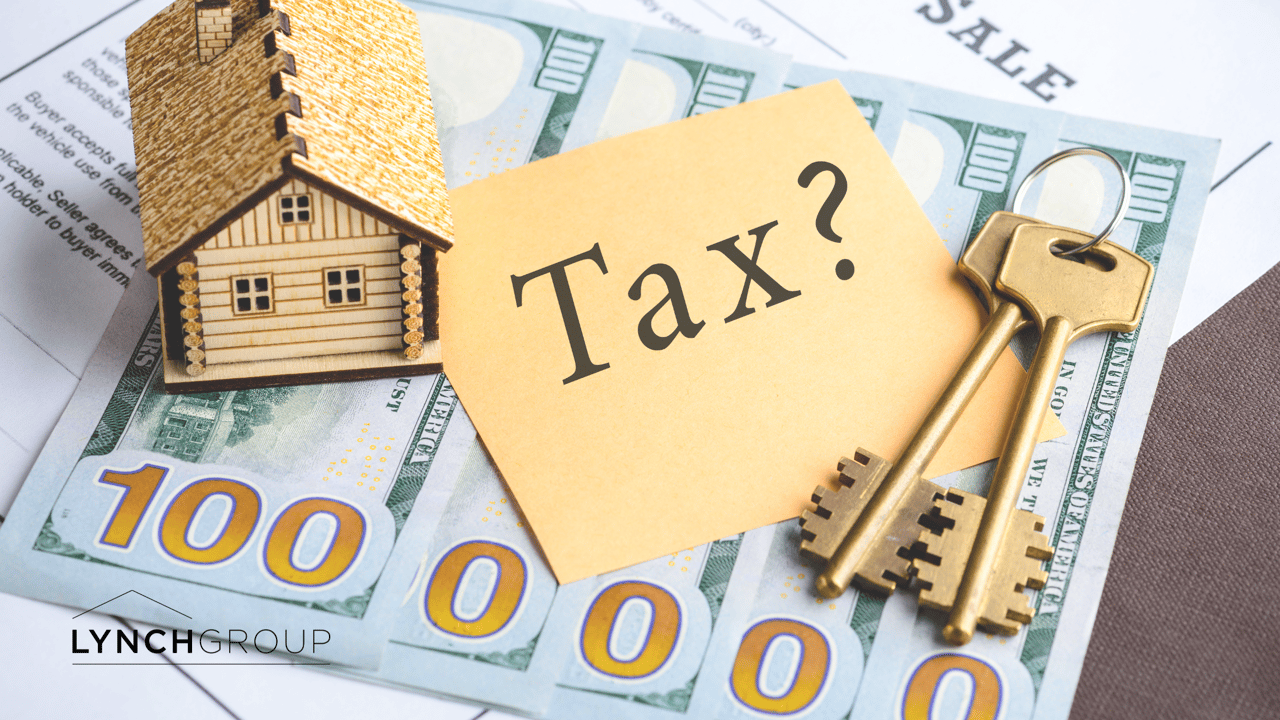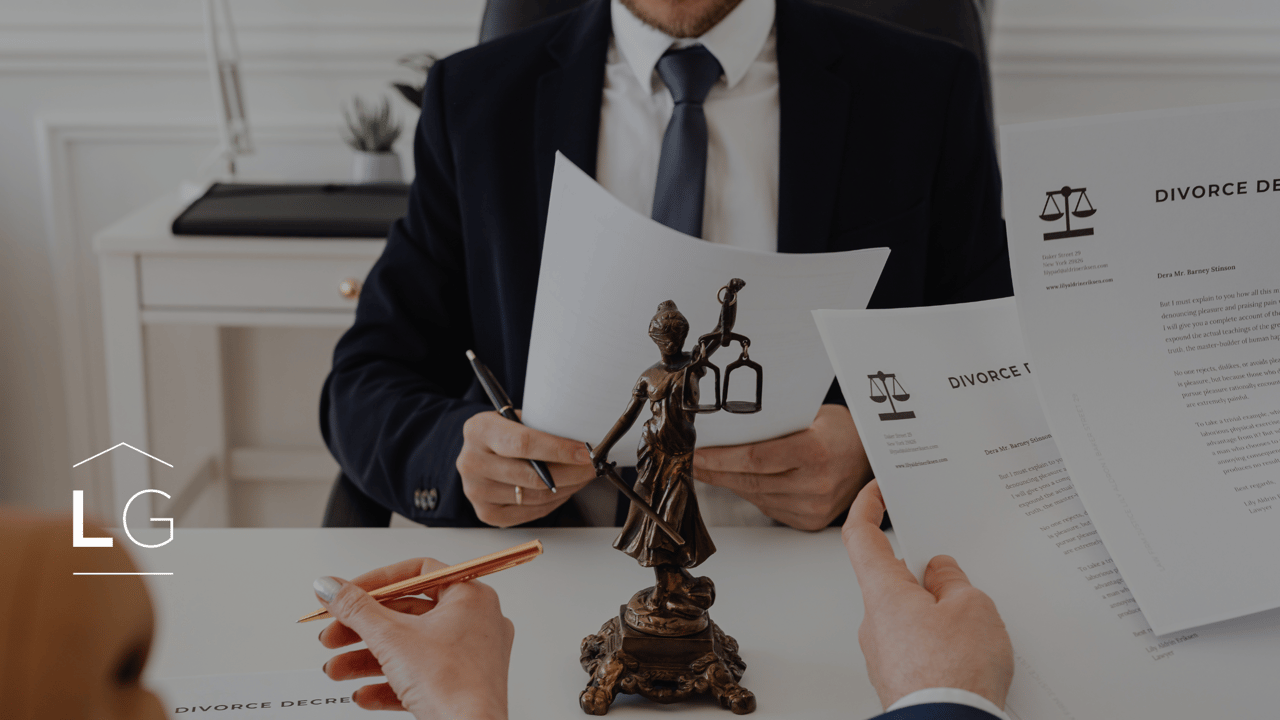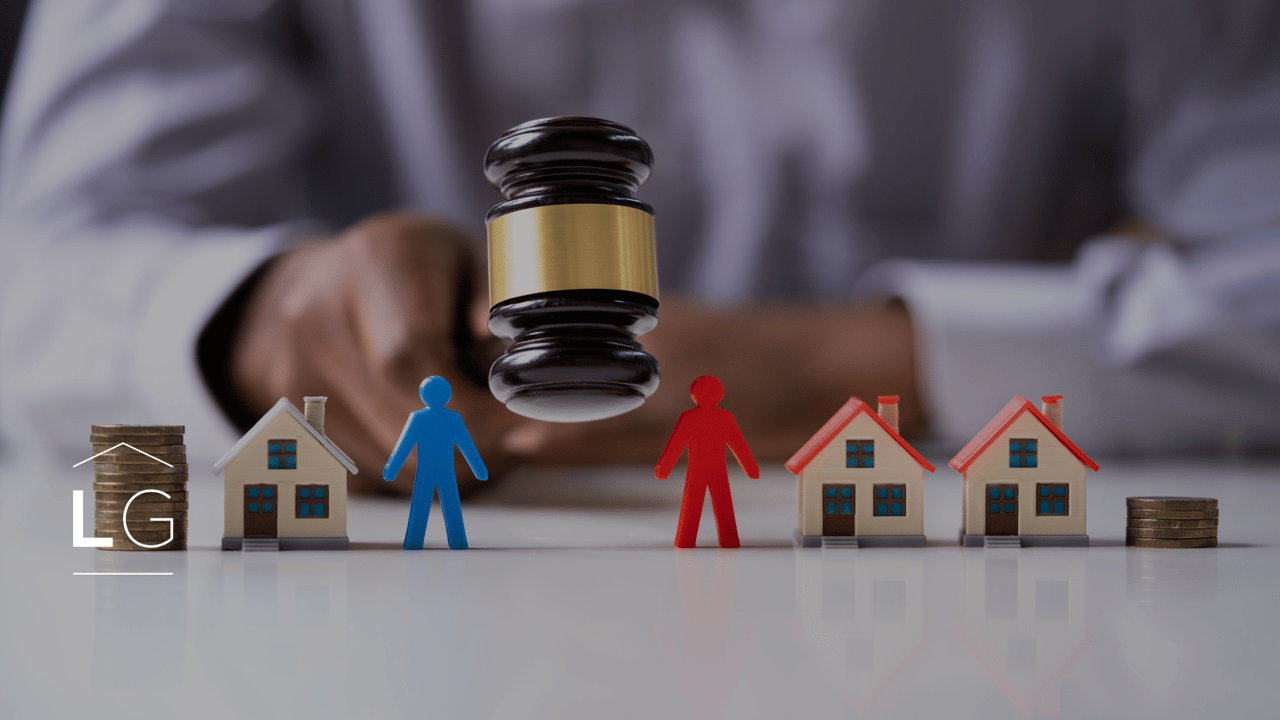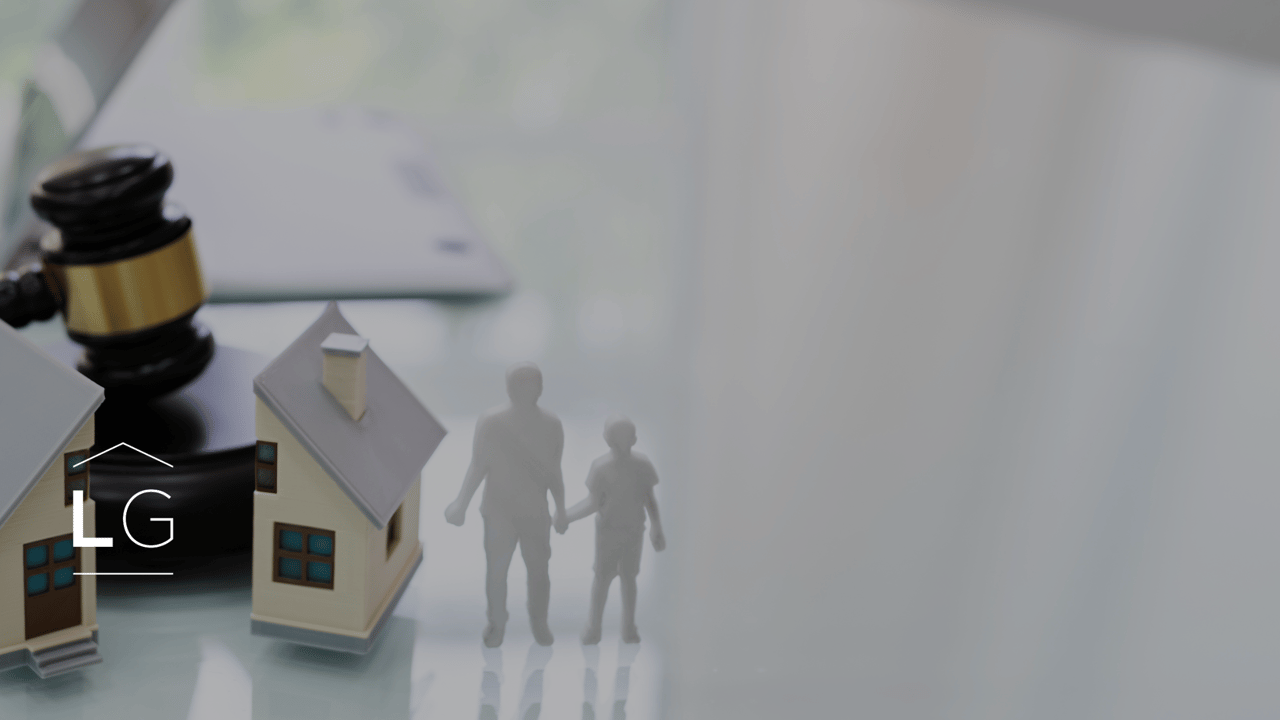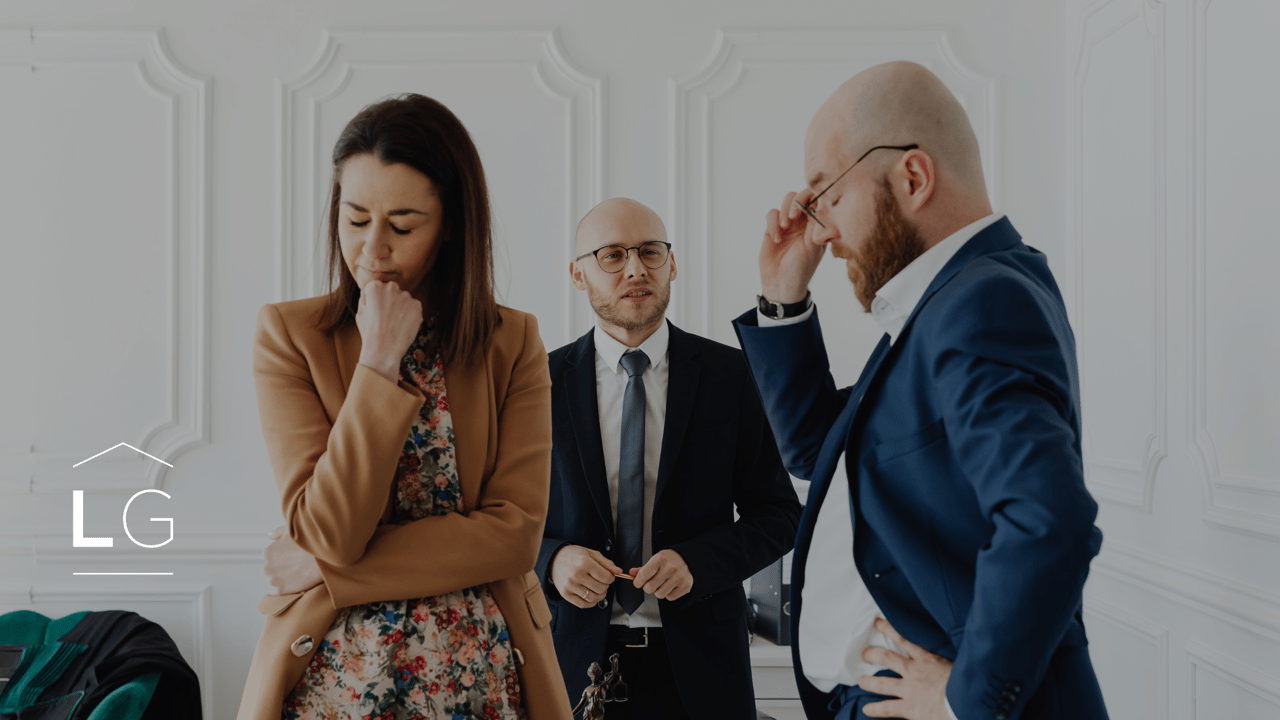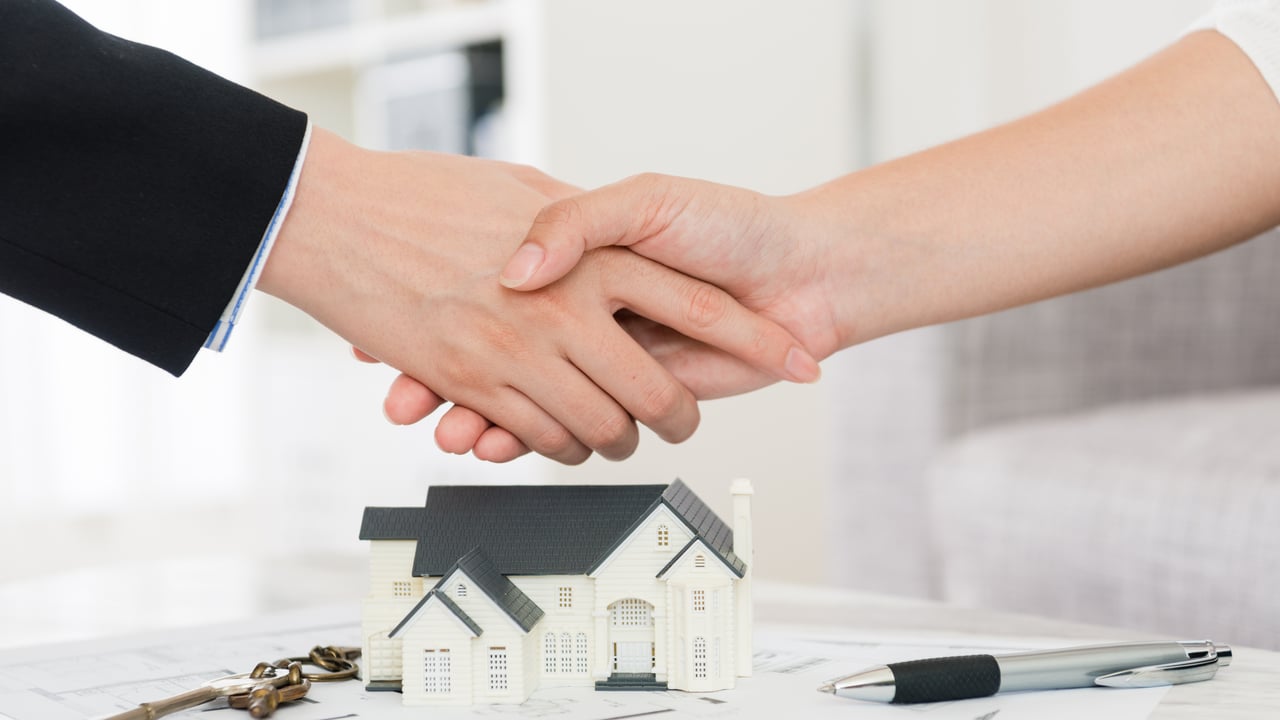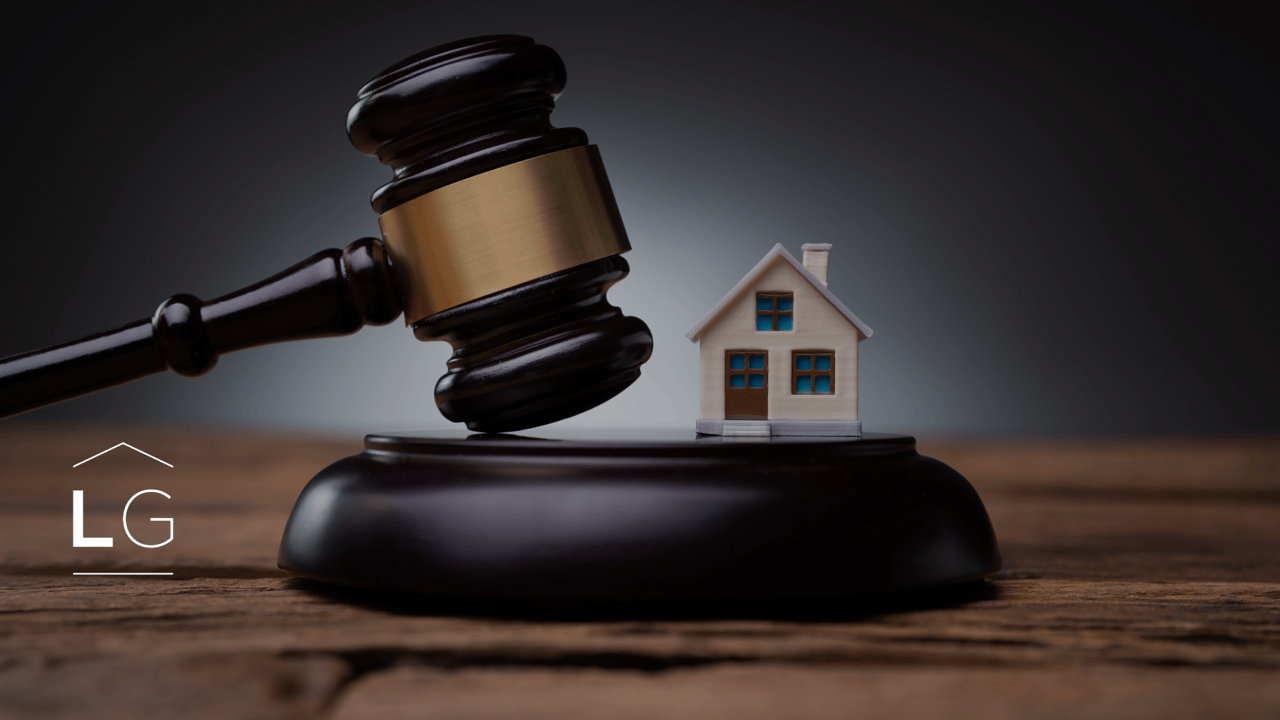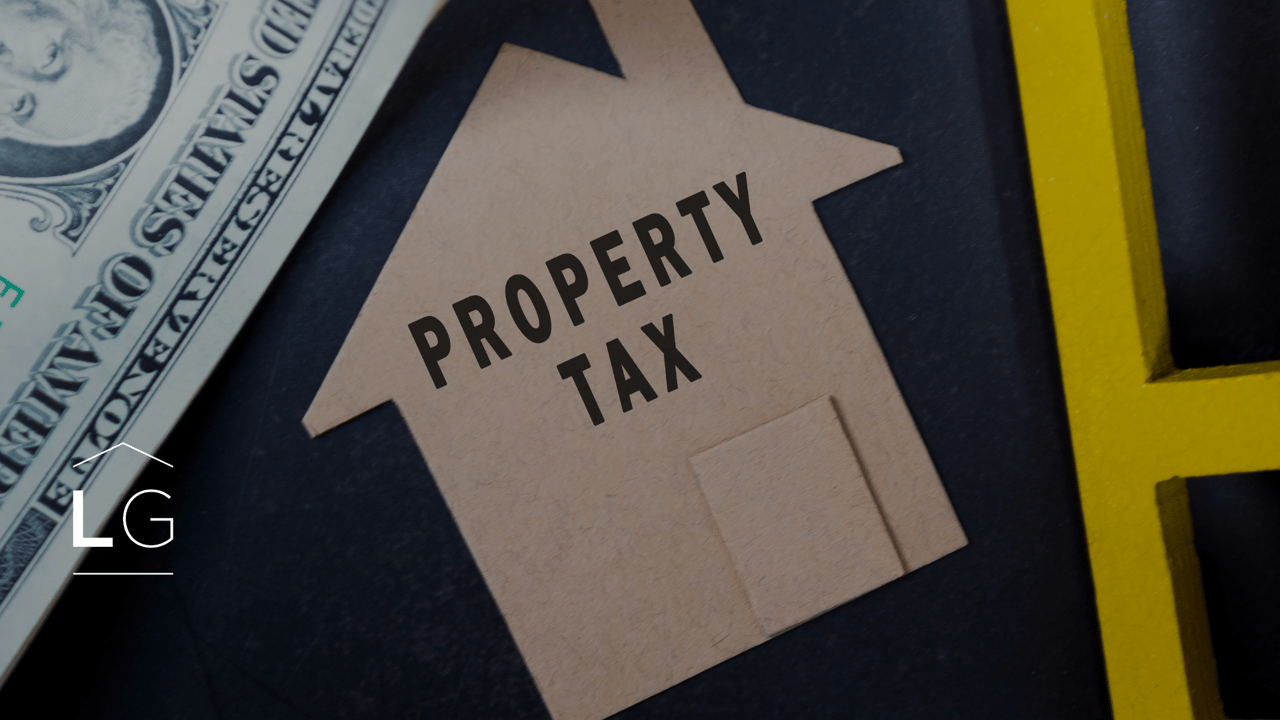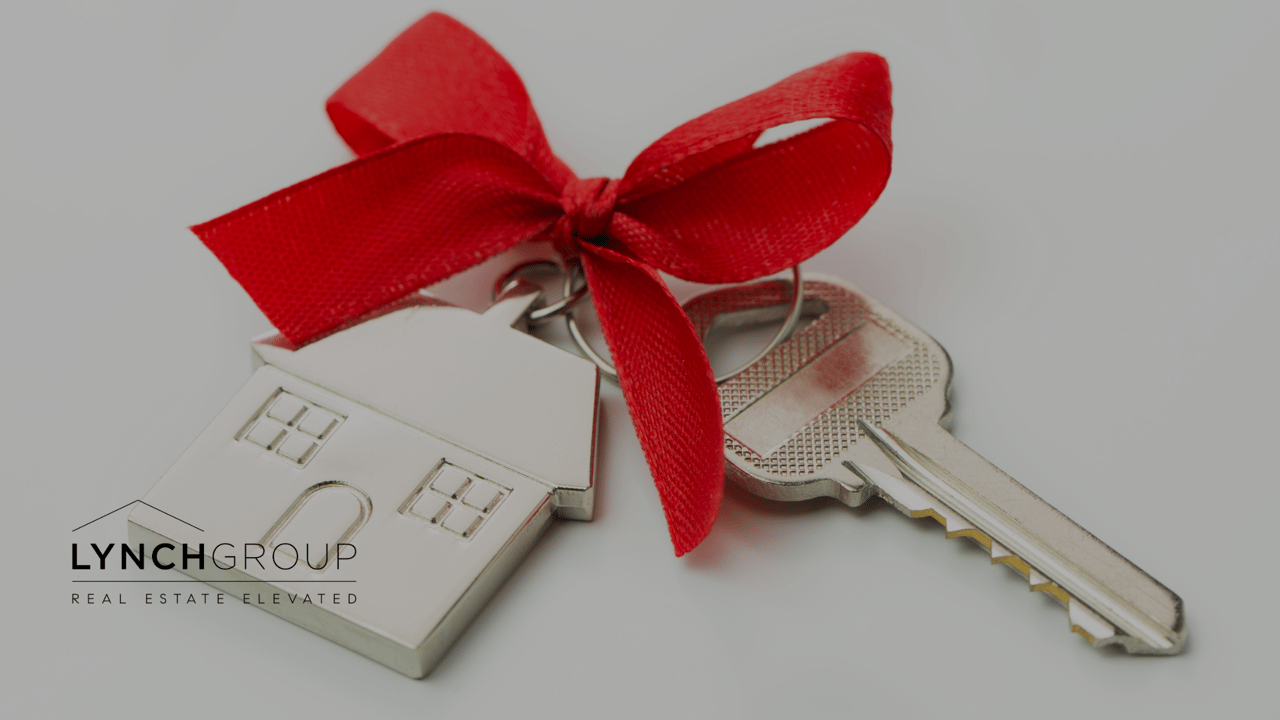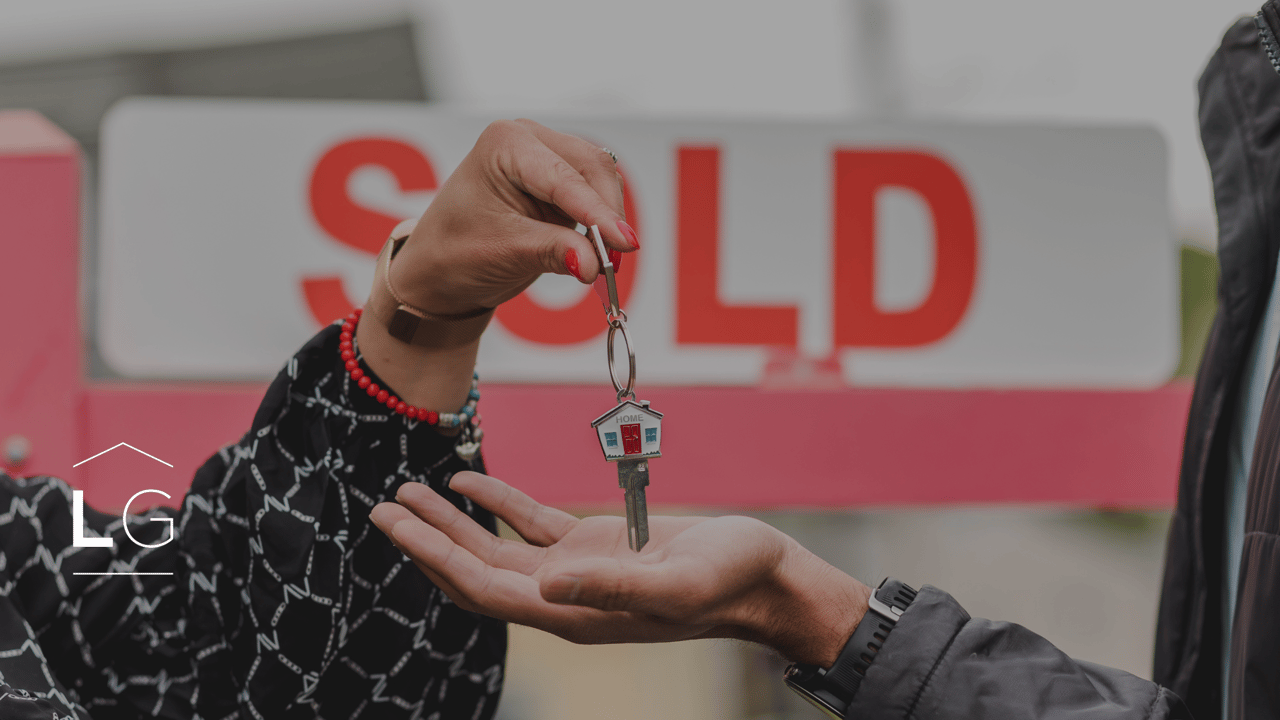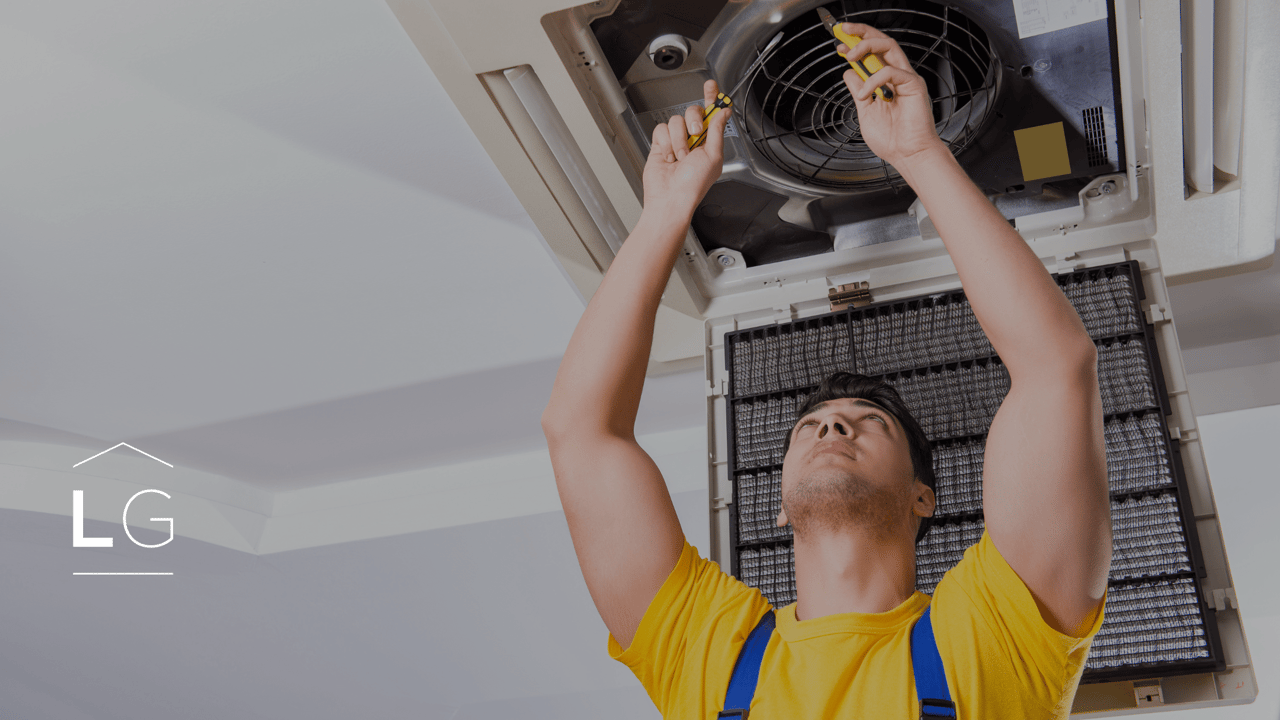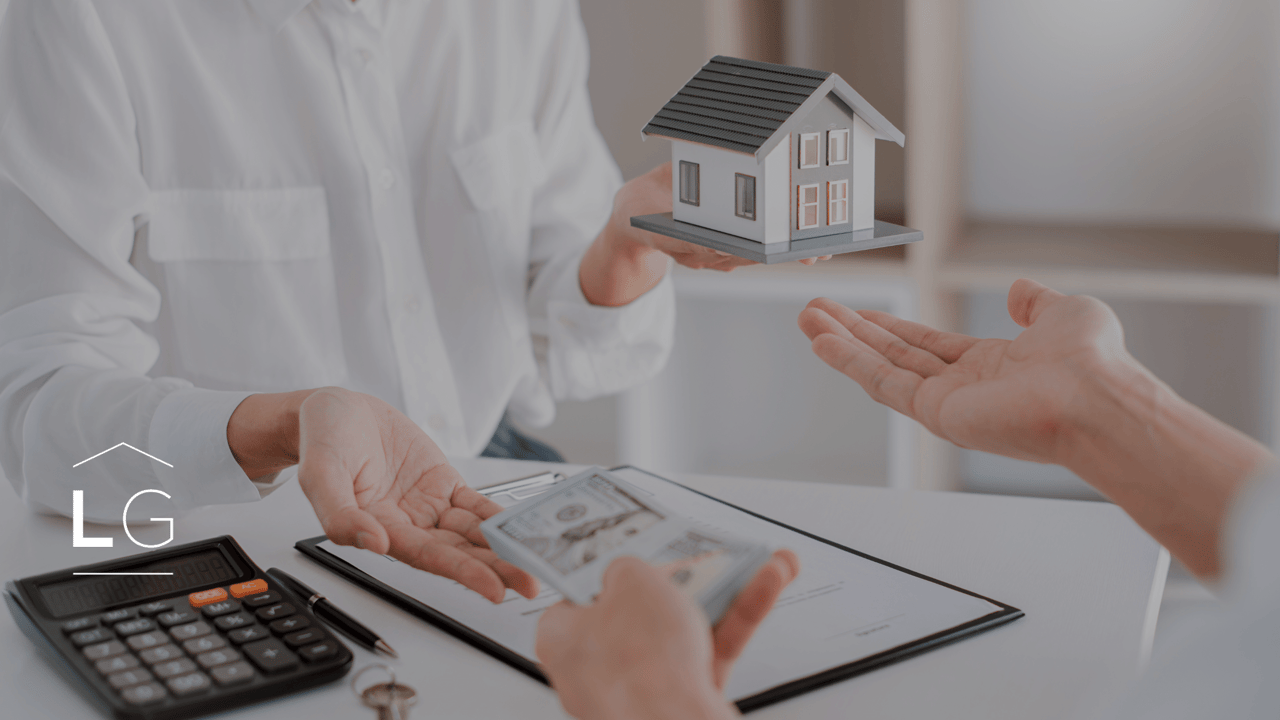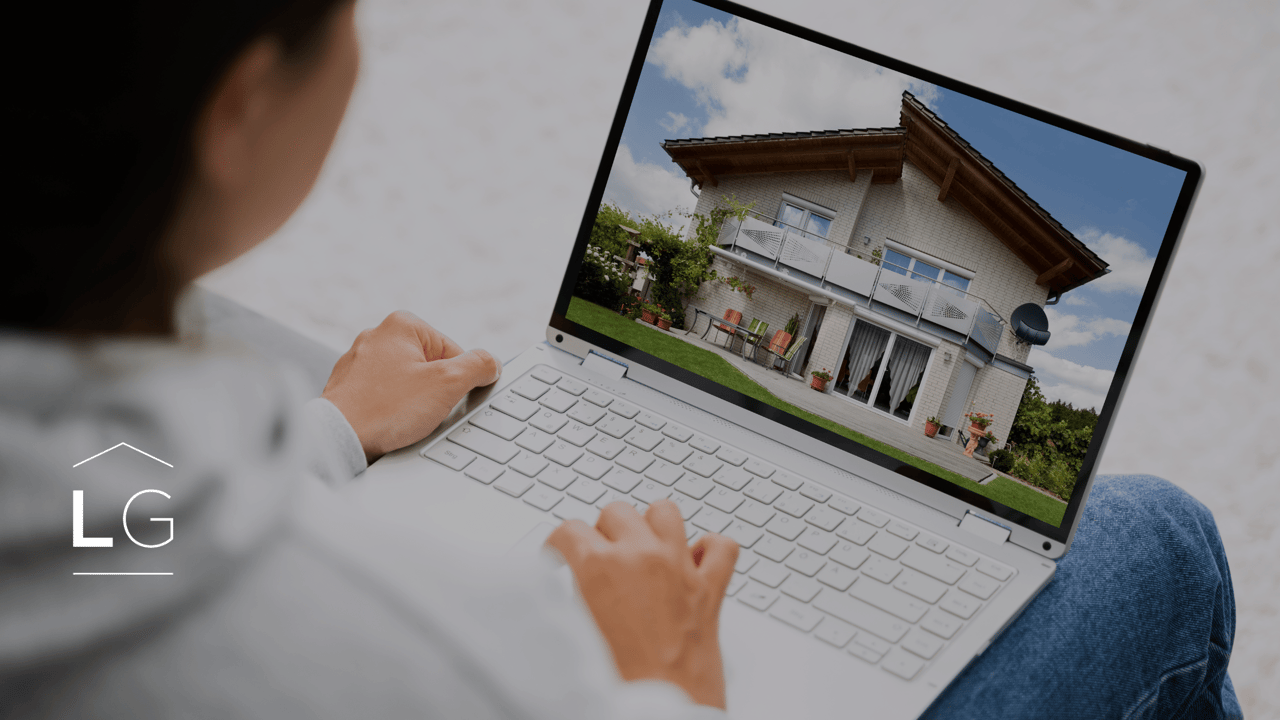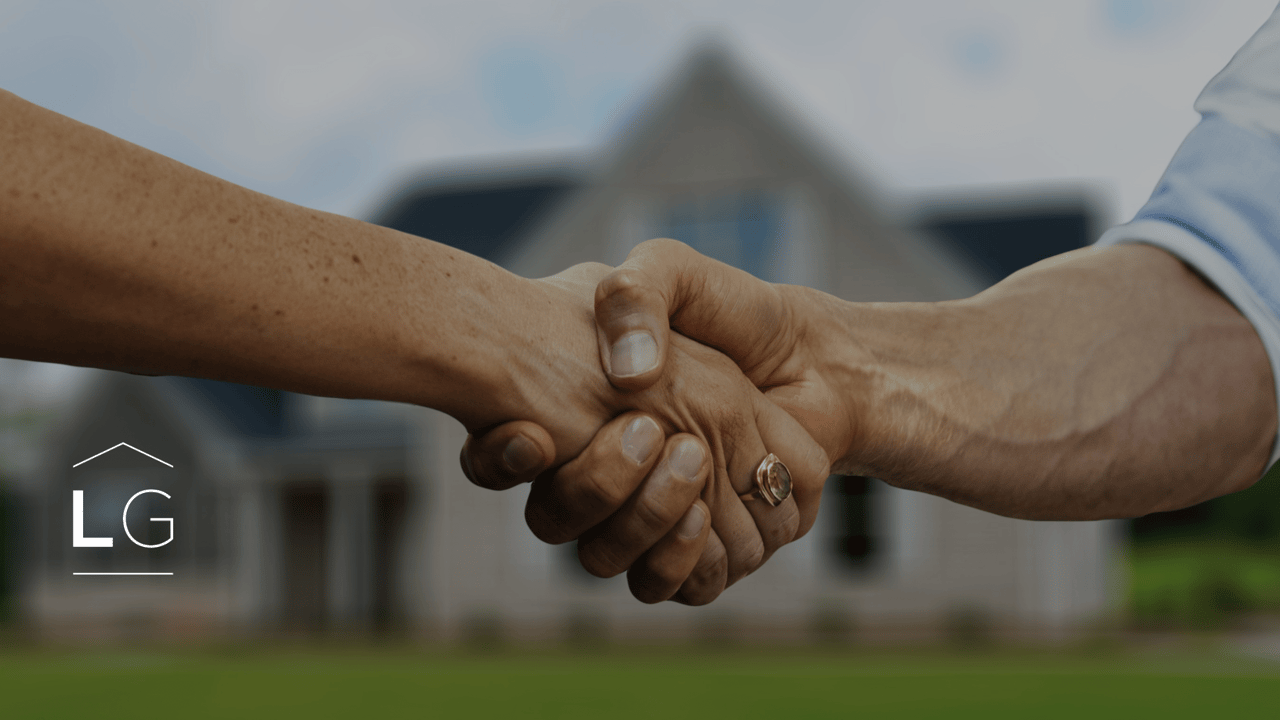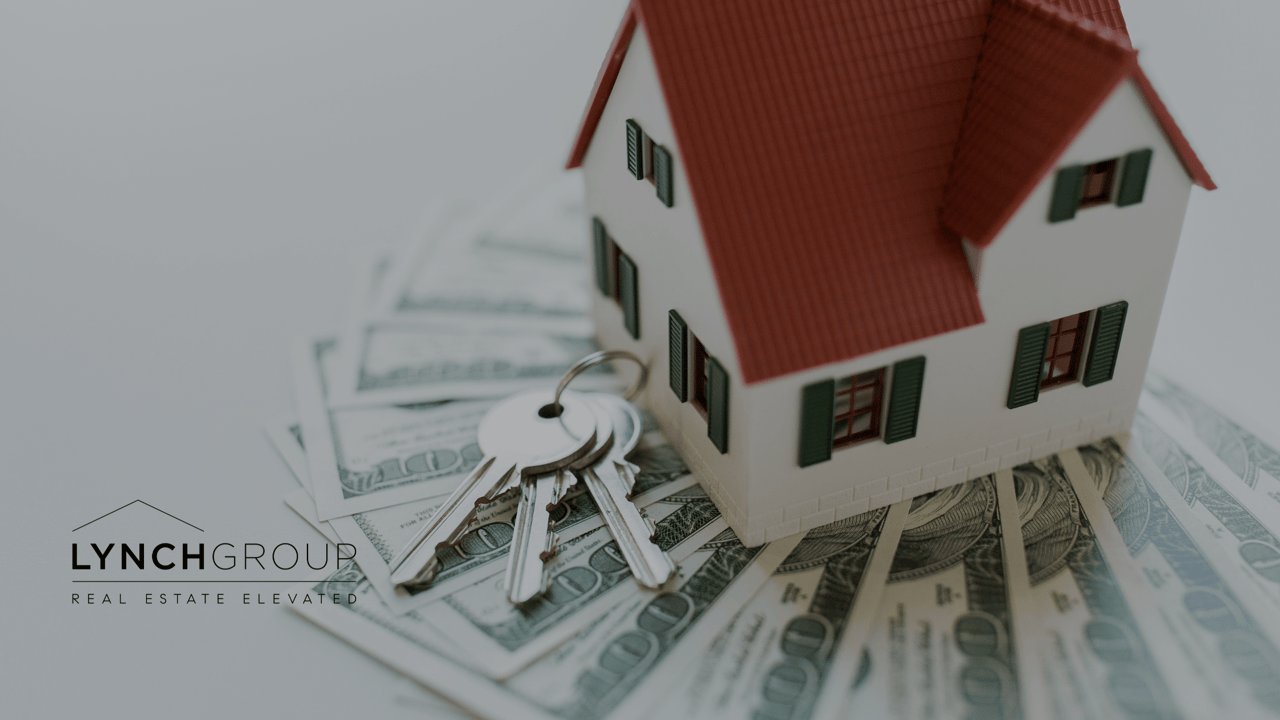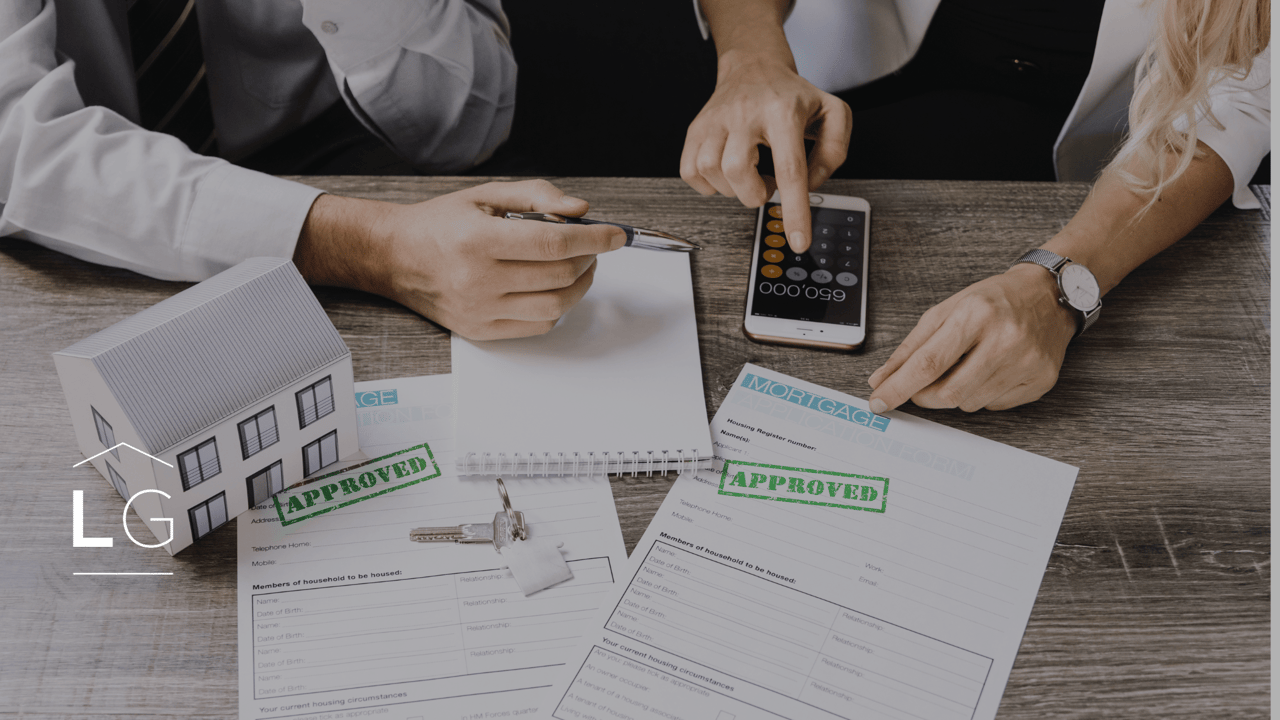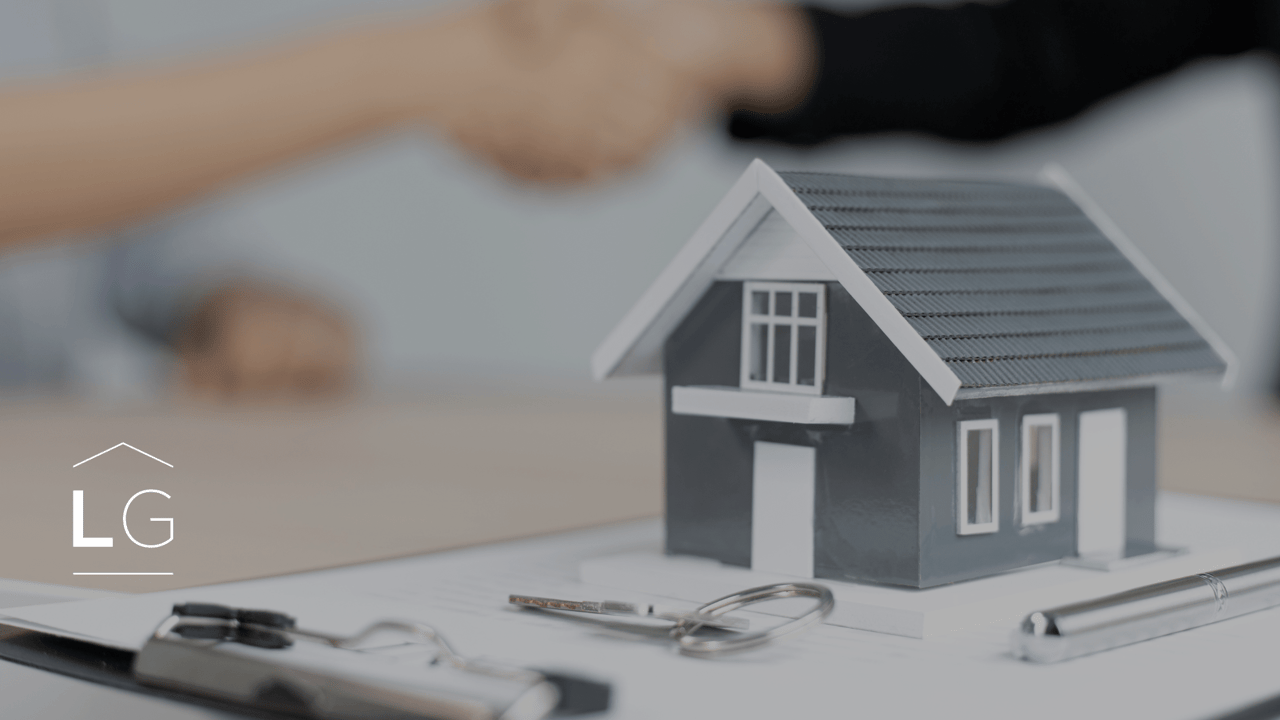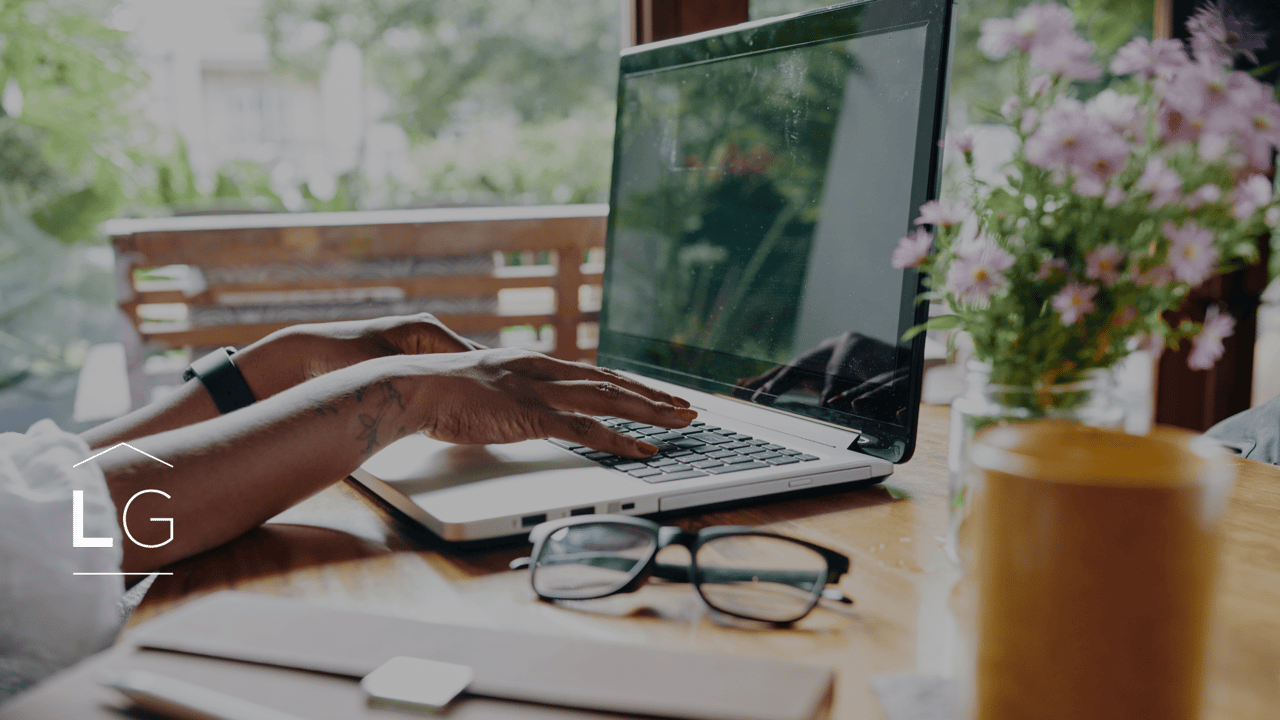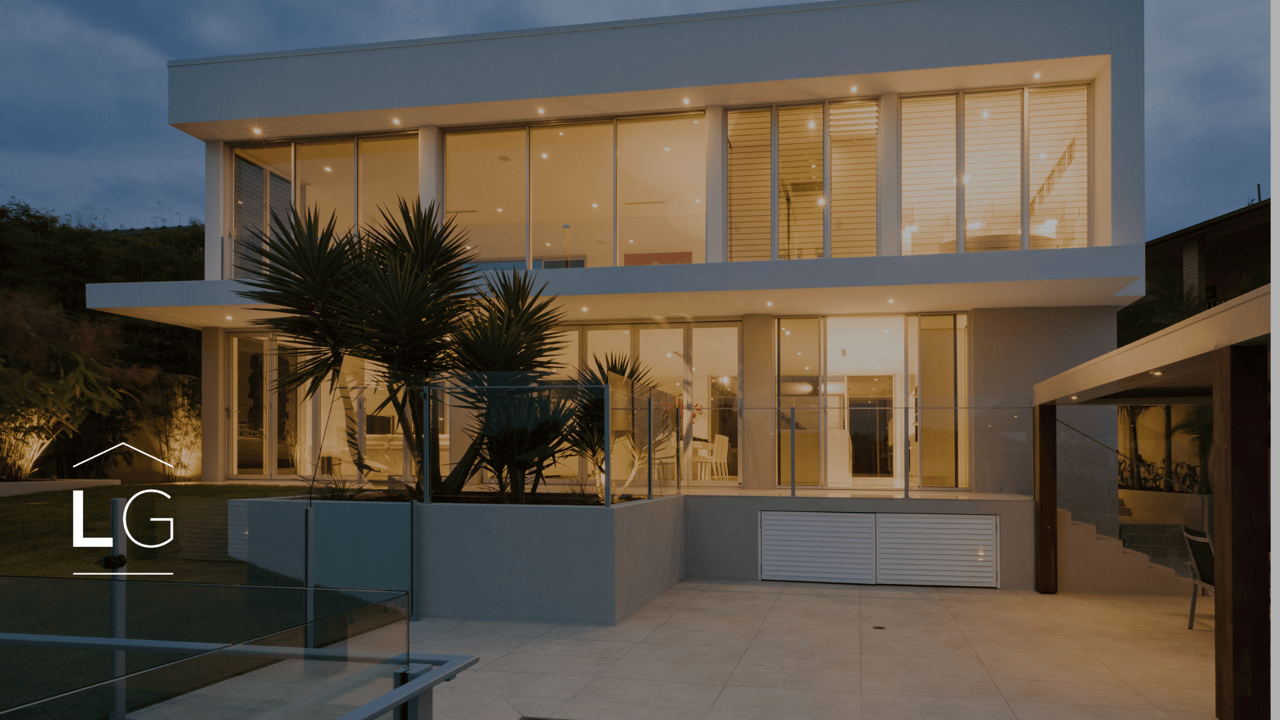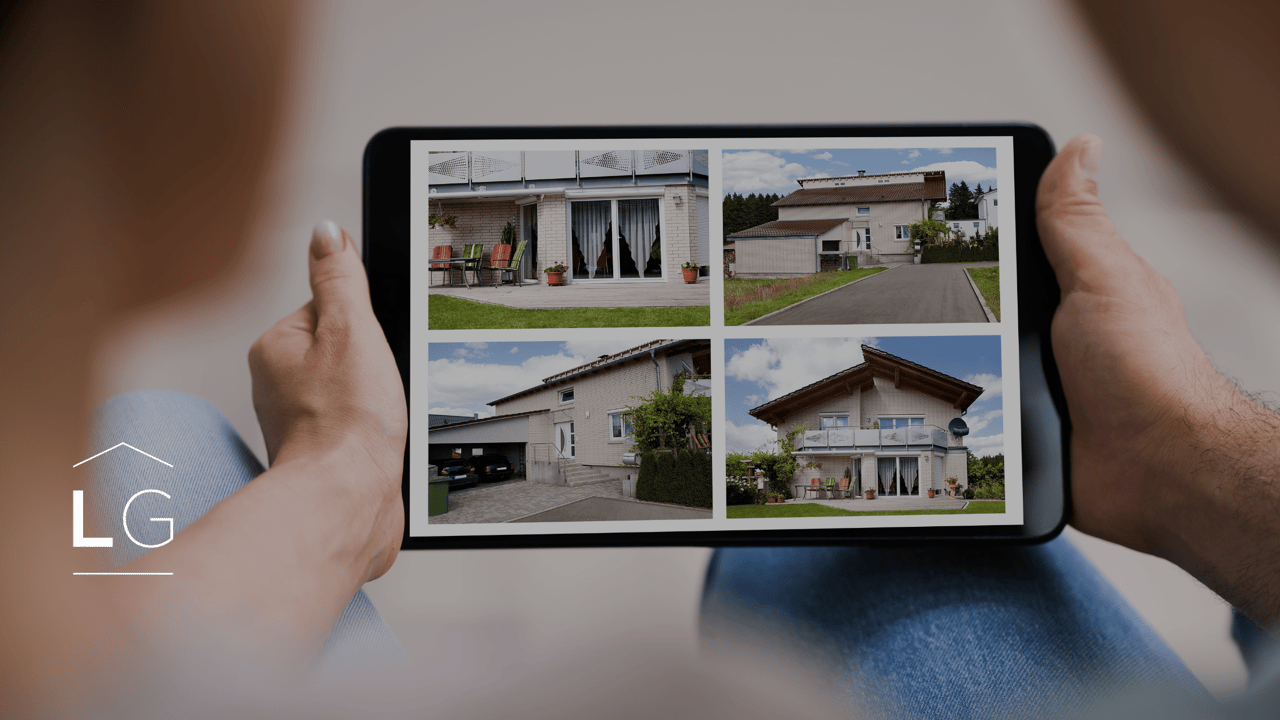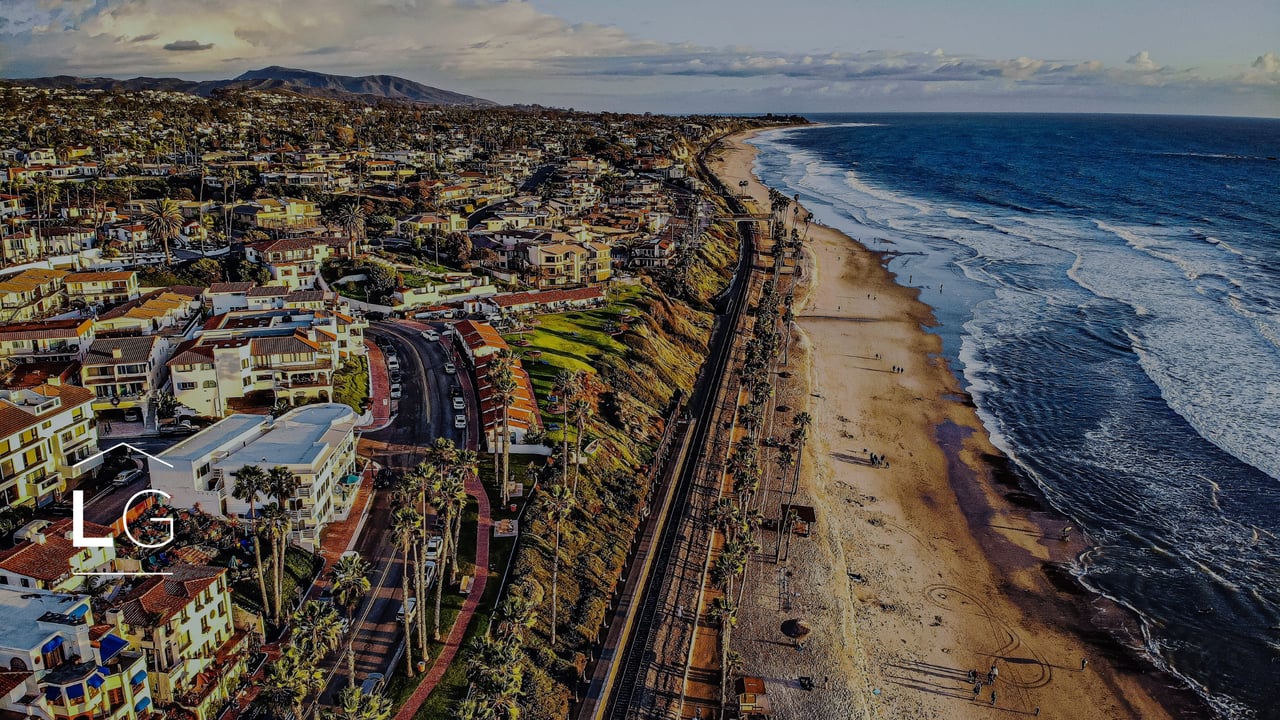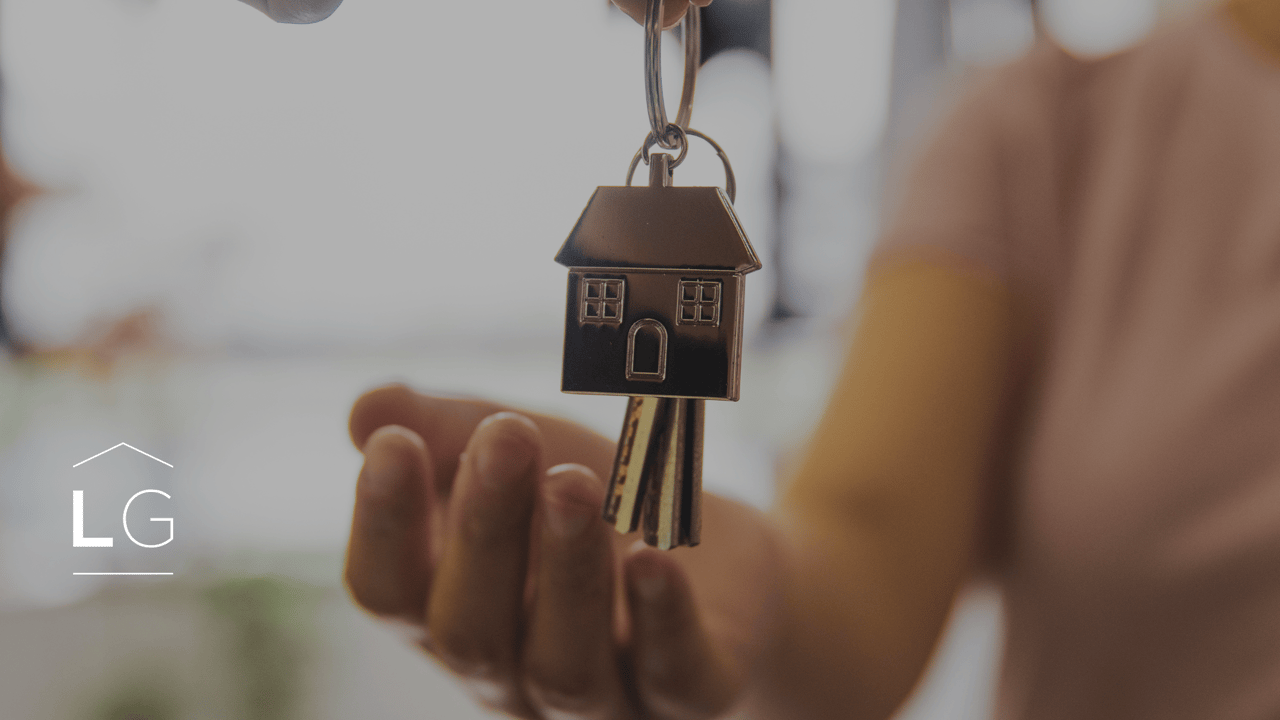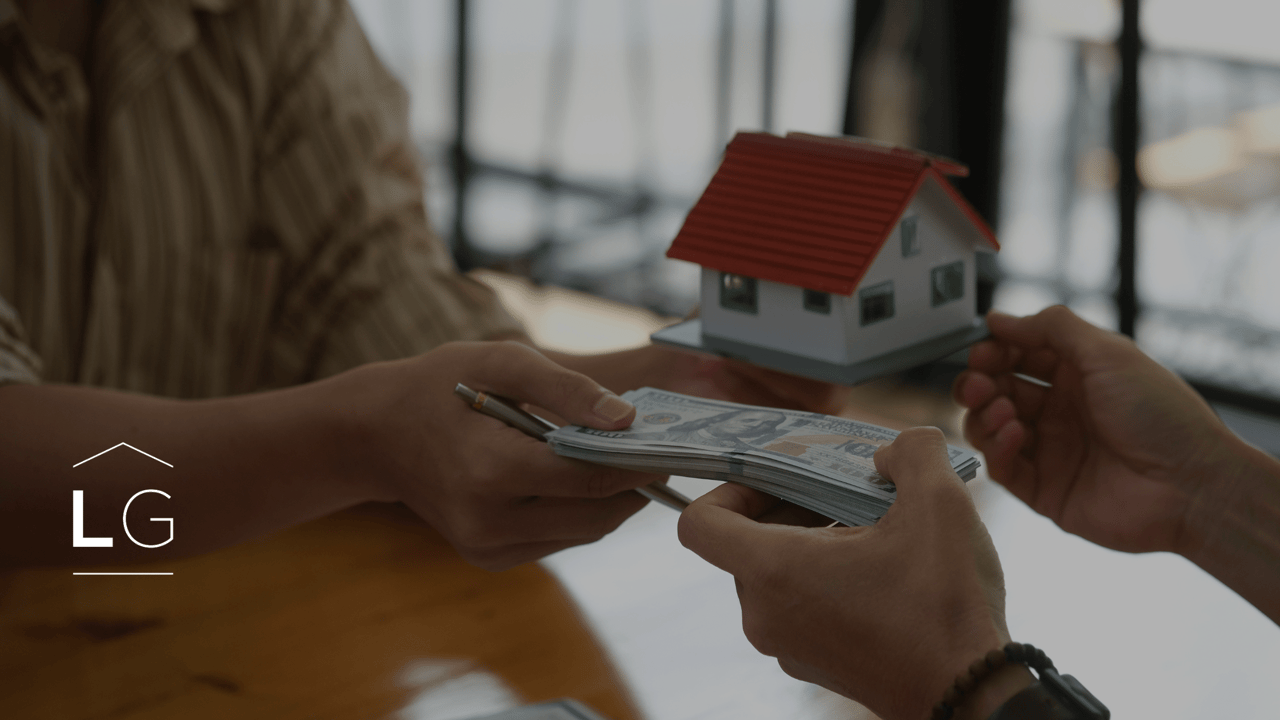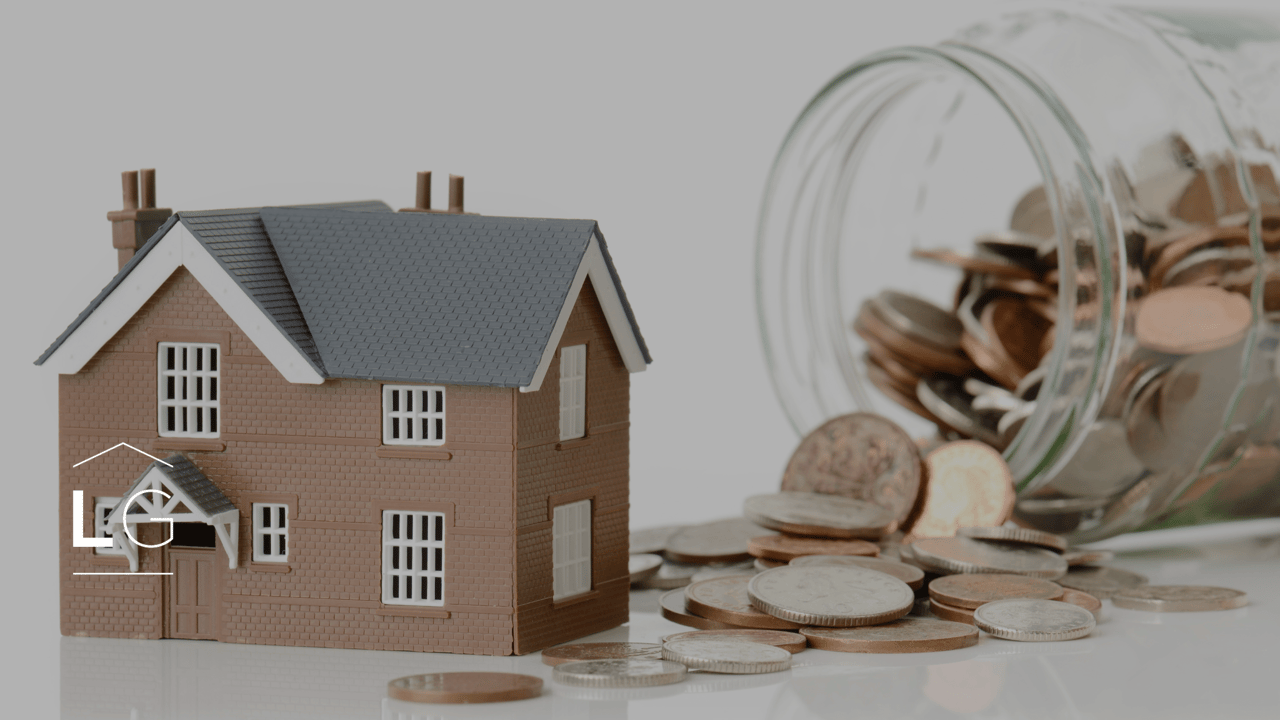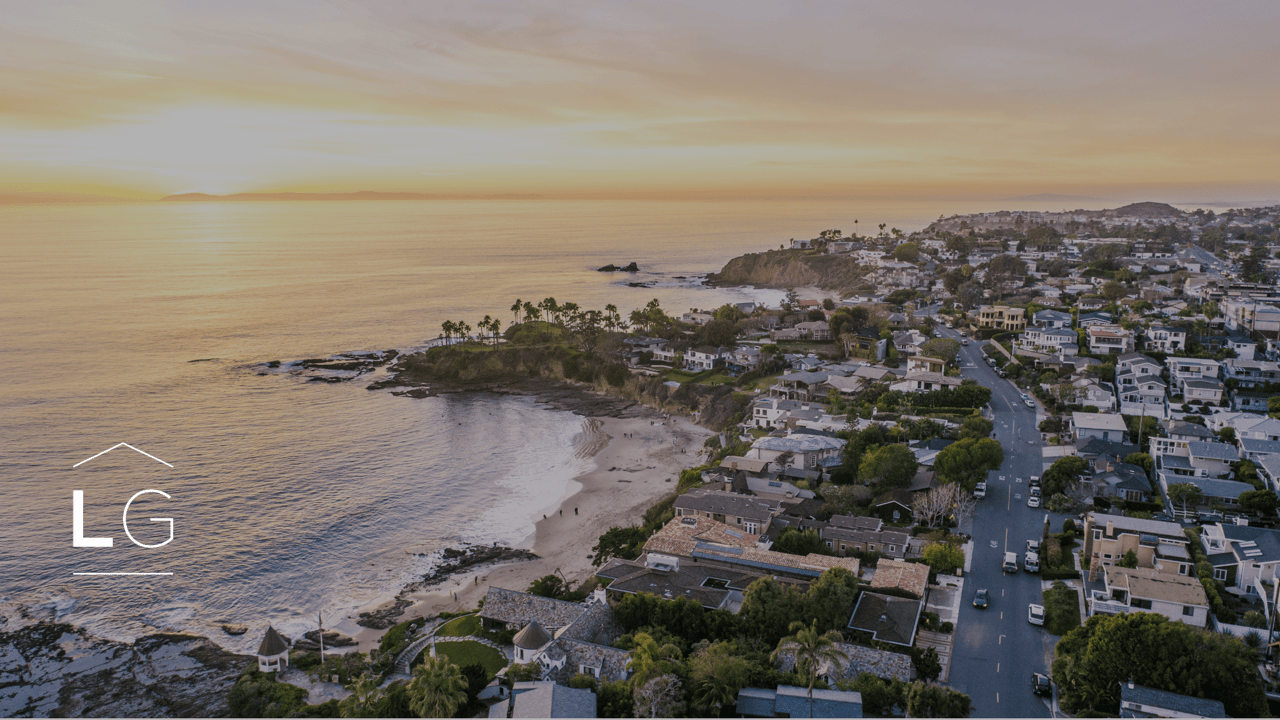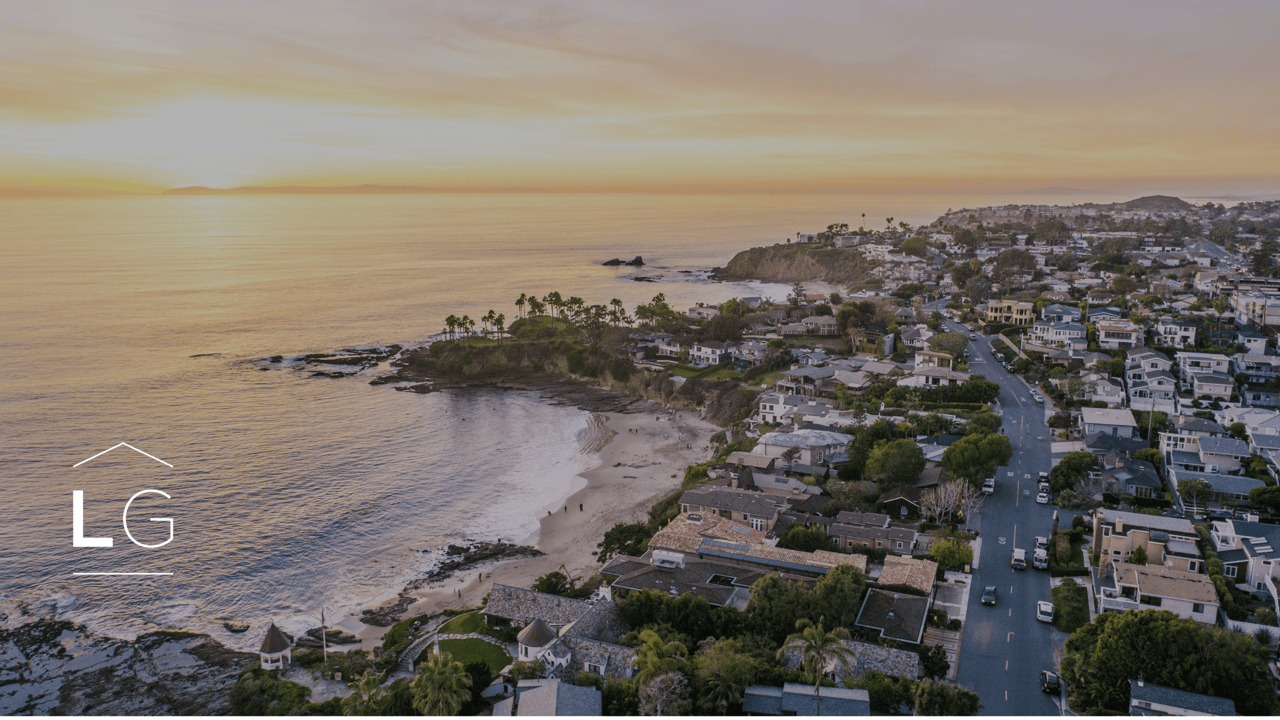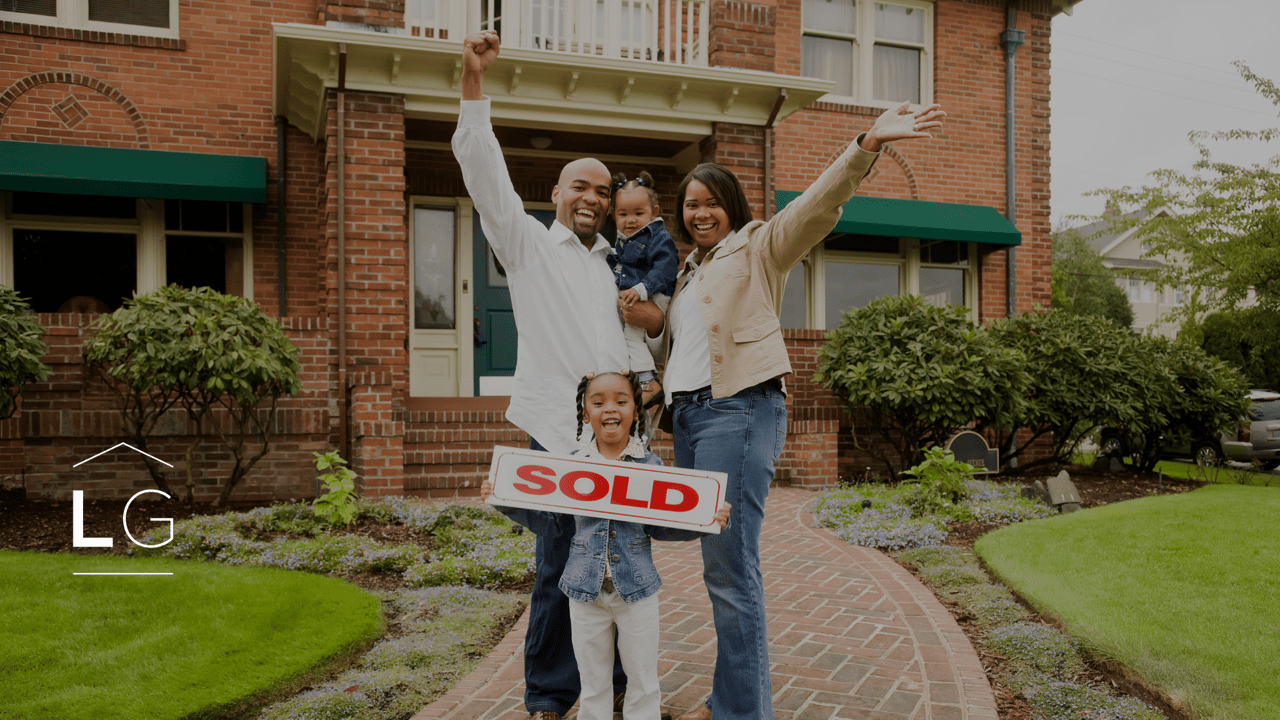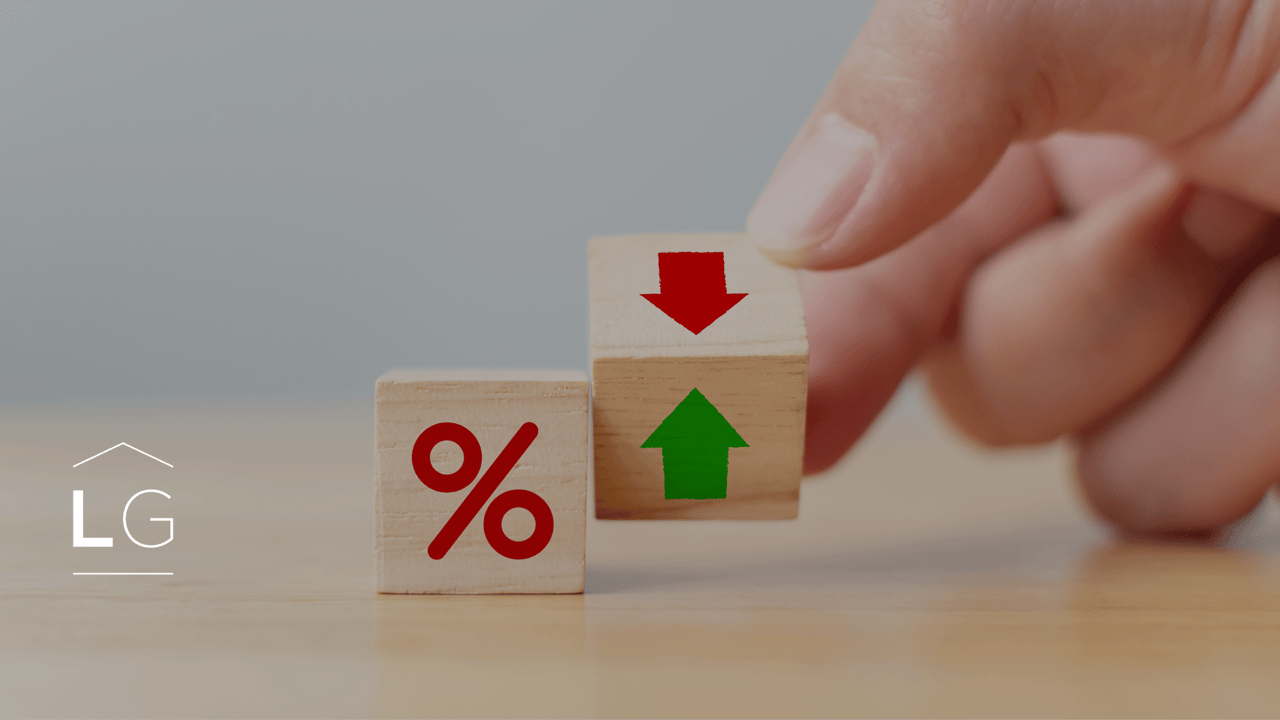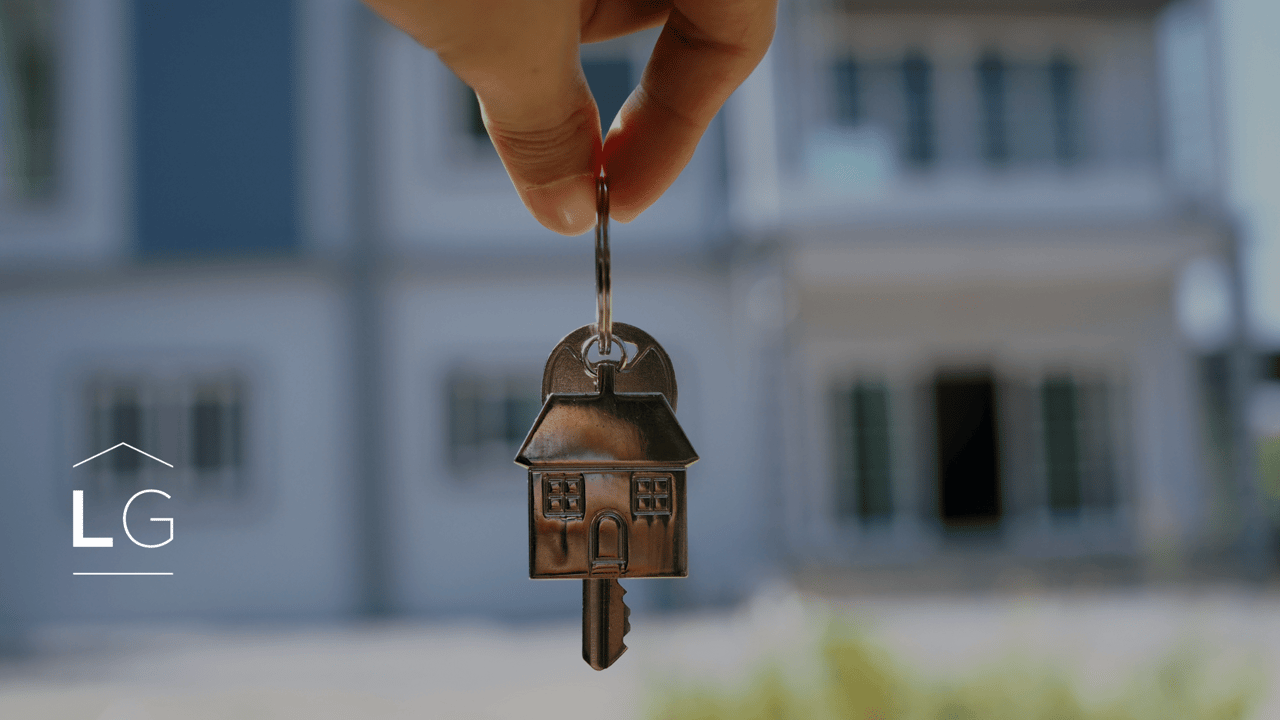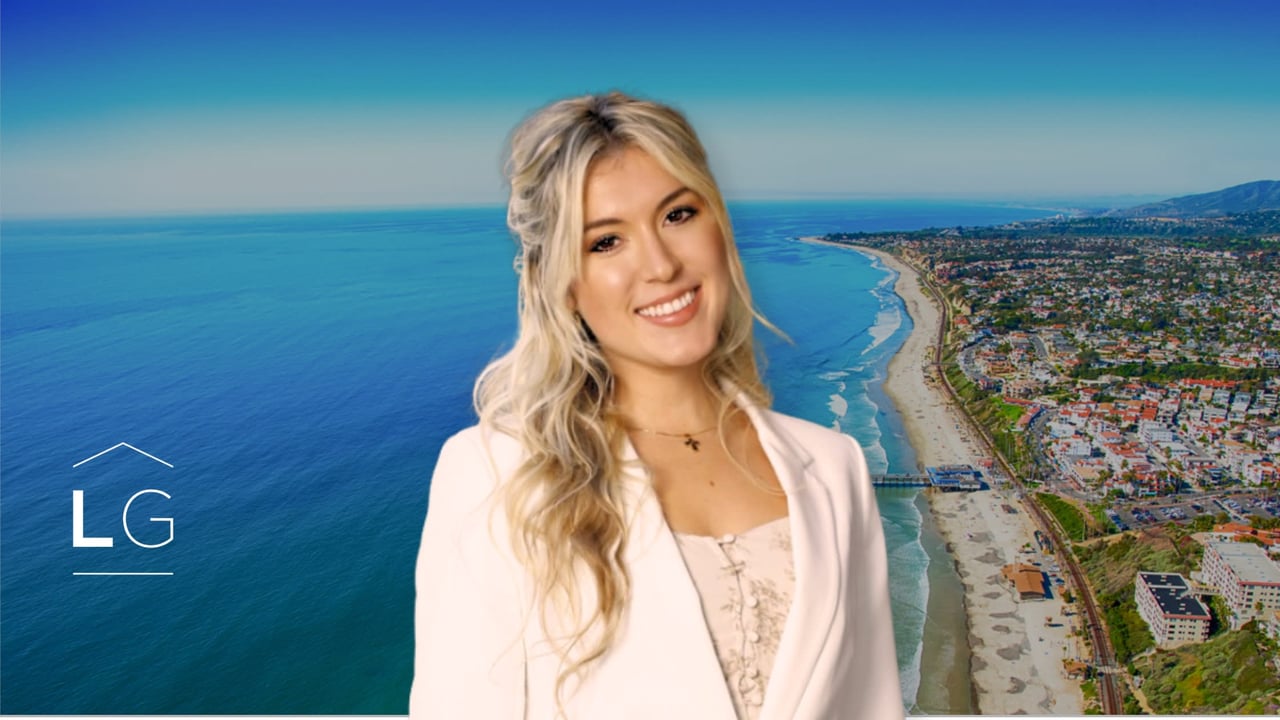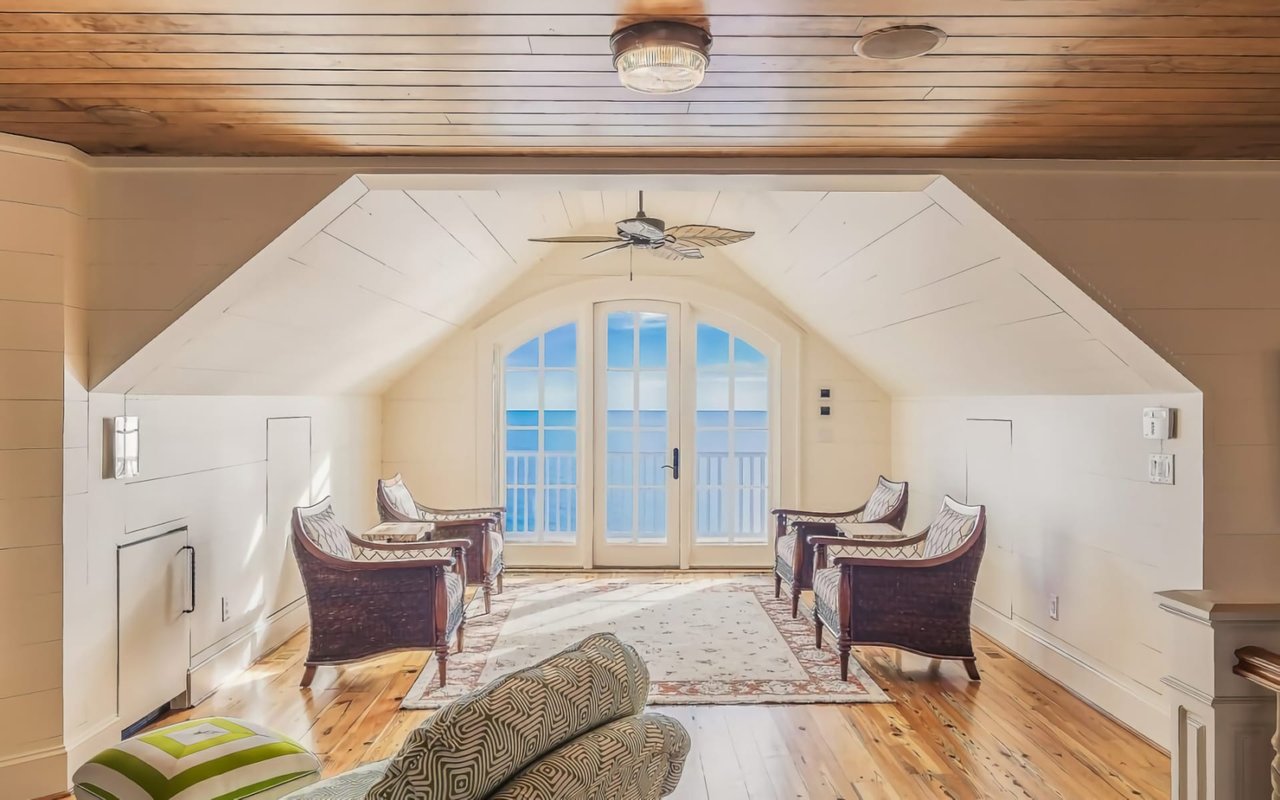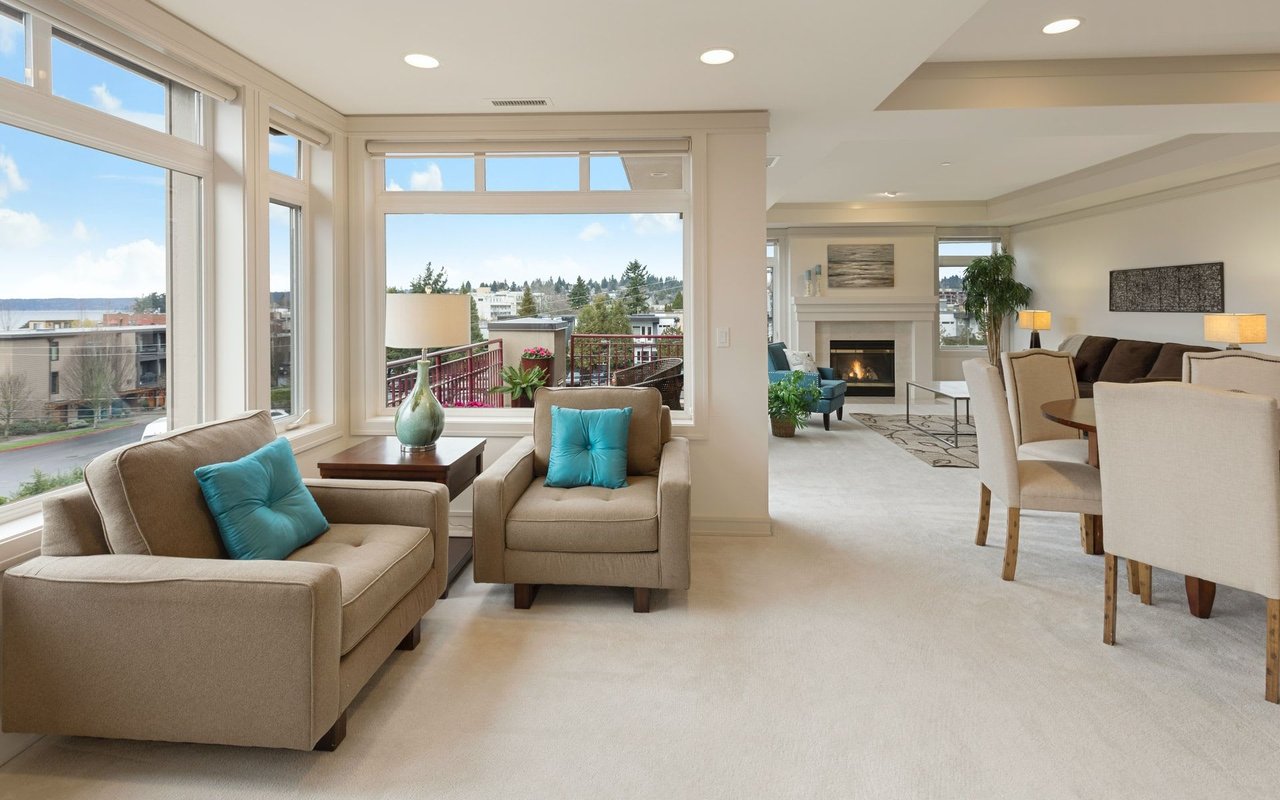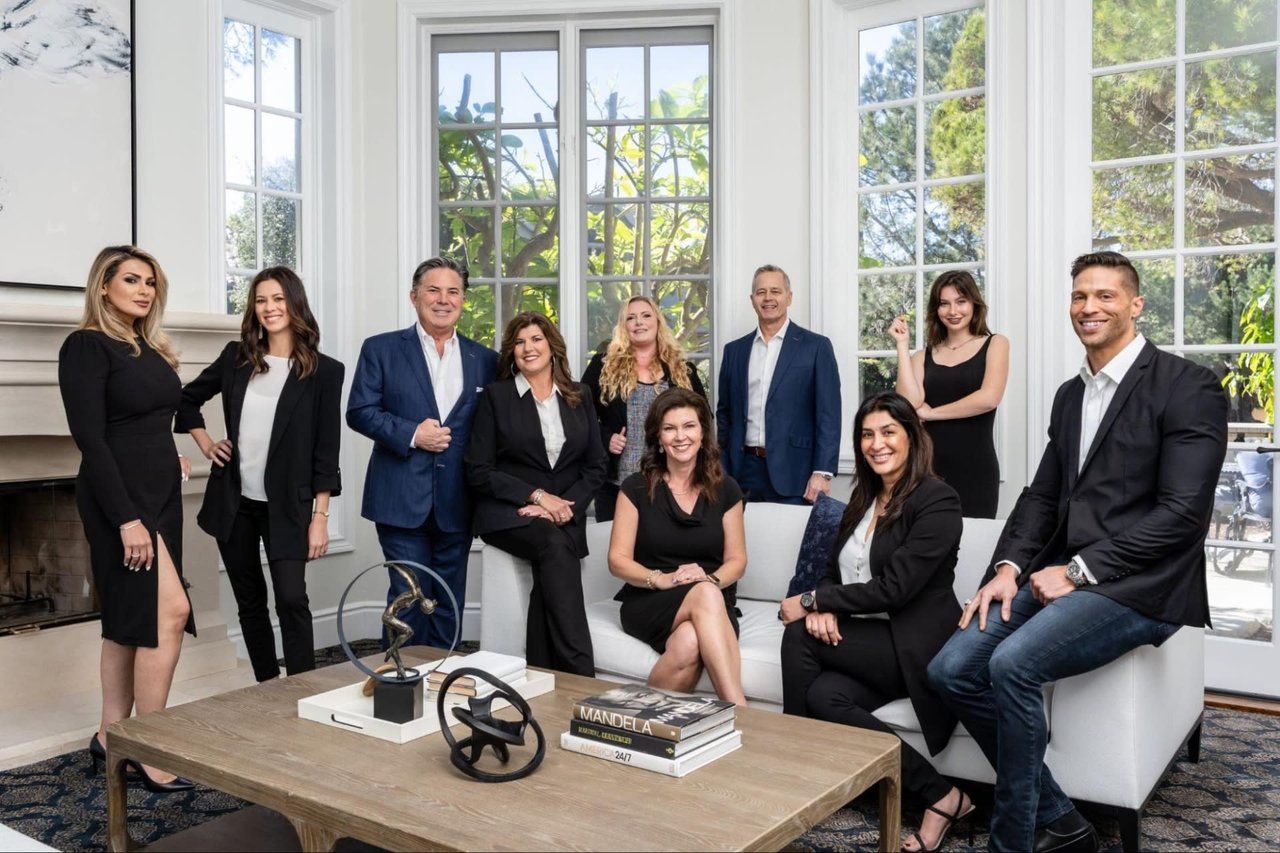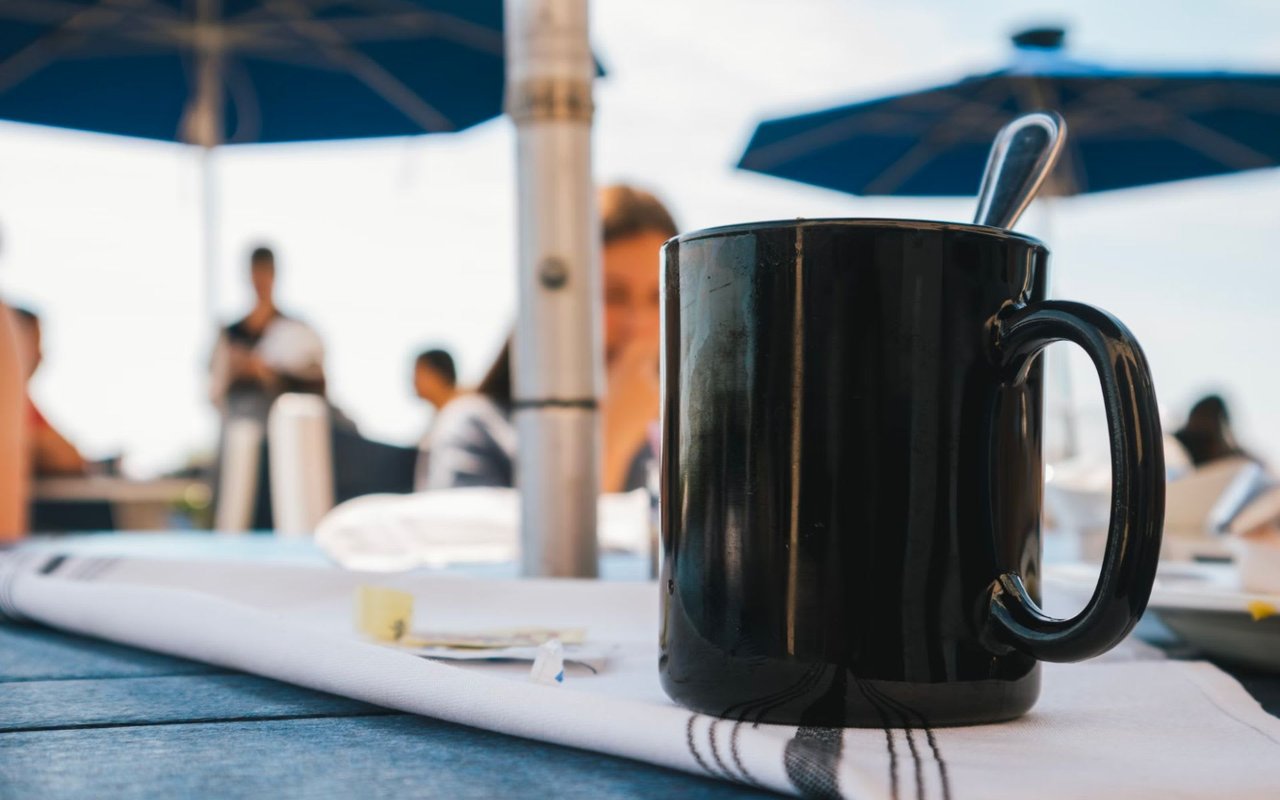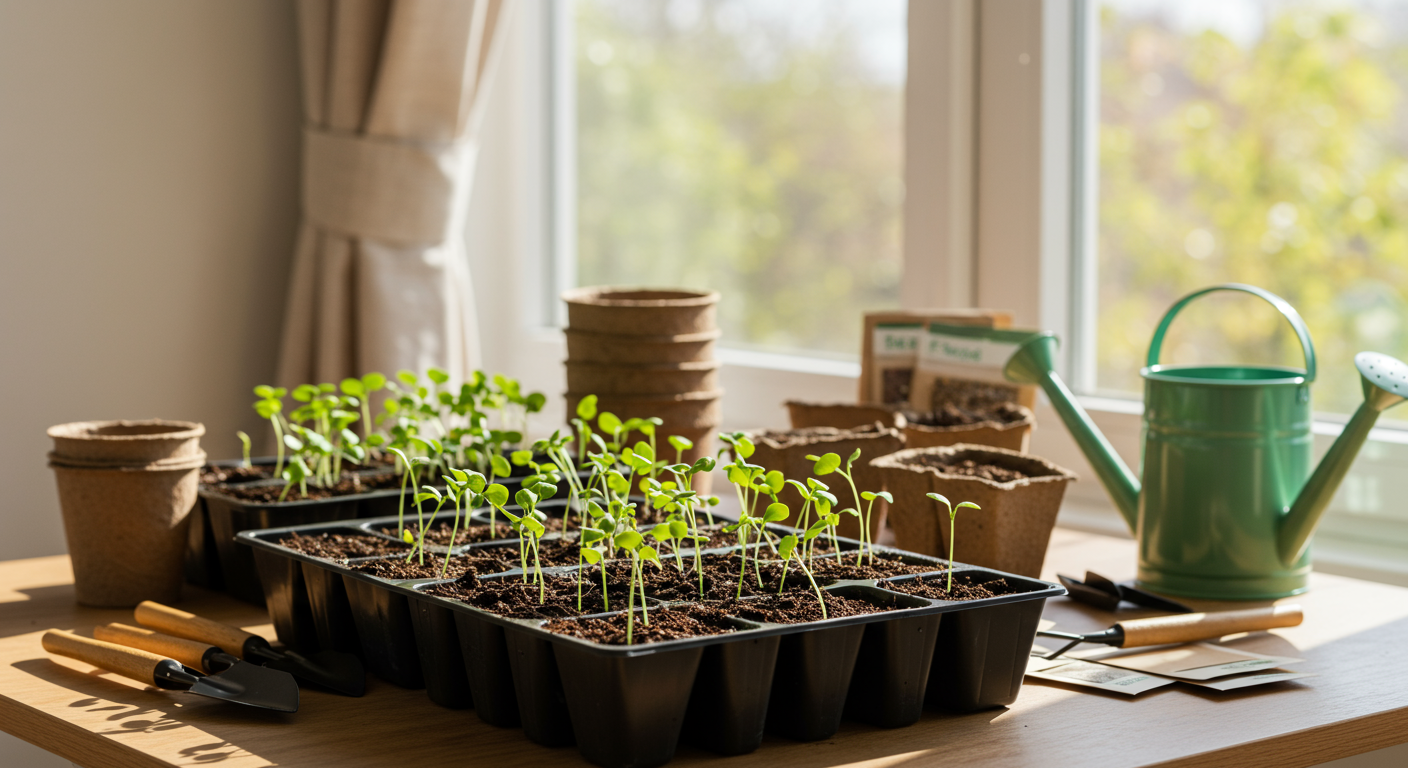
An incredible way to get fresh vegetables and fruits throughout the year is to plant a garden in spring. Even homeowners with limited space can plant small gardens or containers on their properties.
Although it is not yet the right time to plant in many places, this doesn’t mean that you shouldn’t start your seeds. There are many ways to start seeds for your garden depending on where you live, what you plant in your garden and how you plan to use them.
Starting Seeds Indoors
To get an idea of the time it takes to plant your seeds, make sure you read the seed packet before you start.
This will generally take six to eight weeks. However, depending on what you are growing, it may be shorter or longer. You can also use the packet to get an idea of the best time to plant depending on your location. This guideline will help you plan when you should start your seedlings.
Use a seed-starting mixture or other potting soil to prepare a growing medium. It should be broken up to loosen the soil, and then it should be dampened with water. Use only organic soil for your garden, and not soil that has been fertilized with fertilizers. Too much fertilizer can cause problems.
After you have prepared your growing medium, fill the seed-starting trays and other containers with enough water to cover them. Cover each container or cell with a few seeds and then cover them with more of your dampened mixture.
Then add a small amount of water to the containers and place them in a sunny, warm place. To help regulate the humidity, cover the containers with plastic wrap or plastic seed-starting domes.
This will generally take six to eight weeks. However, depending on what you are growing, it may be shorter or longer. You can also use the packet to get an idea of the best time to plant depending on your location. This guideline will help you plan when you should start your seedlings.
Use a seed-starting mixture or other potting soil to prepare a growing medium. It should be broken up to loosen the soil, and then it should be dampened with water. Use only organic soil for your garden, and not soil that has been fertilized with fertilizers. Too much fertilizer can cause problems.
After you have prepared your growing medium, fill the seed-starting trays and other containers with enough water to cover them. Cover each container or cell with a few seeds and then cover them with more of your dampened mixture.
Then add a small amount of water to the containers and place them in a sunny, warm place. To help regulate the humidity, cover the containers with plastic wrap or plastic seed-starting domes.
Starting Seeds Outdoors
Some plants, such as many flowers and some vegetables, thrive when they are started outside. These are often referred to “direct sow” seed because they are usually planted directly in the ground, rather than being started in pots. Because they grow rapidly indoors, this is often true for plants that germinate quickly and can quickly outgrow their indoor spaces. You will need to plant these seeds outdoors if you want to make a quick start.
You can grow a wide range of seeds in a greenhouse, even those you wouldn’t normally start indoors. Even if you don’t have a greenhouse, you can still get the benefits of a greenhouse by cutting the bottoms of gallon water or milk bottles. To achieve the same result, you can use plastic sheeting instead.
You can use tinier individual flowerpots that are filled with the same seed starter material as indoor planting if you don’t want to plant directly in the soil. This allows for more root development, while still fitting in a greenhouse (either makeshift or static) for warmth and protection. When the plants have outgrown their greenhouses and filled out their pots, it is time to move to the soil.
You can grow a wide range of seeds in a greenhouse, even those you wouldn’t normally start indoors. Even if you don’t have a greenhouse, you can still get the benefits of a greenhouse by cutting the bottoms of gallon water or milk bottles. To achieve the same result, you can use plastic sheeting instead.
You can use tinier individual flowerpots that are filled with the same seed starter material as indoor planting if you don’t want to plant directly in the soil. This allows for more root development, while still fitting in a greenhouse (either makeshift or static) for warmth and protection. When the plants have outgrown their greenhouses and filled out their pots, it is time to move to the soil.
Time to Plant
It is seamless to plant seeds from either indoors or potted. You should place indoor plants in partially shaded areas that are protected from wind for at least seven to ten hours per day. Then, gradually expose them to sunlight for another seven to ten to 10 days before you plant.
When you are ready to plant your seed, dig a hole that is slightly larger than the one you used to start it. Add more soil to the bottom. You will need to remove any sprouts from each starter and transfer the plant along with its soil to the hole. Water it.
When you are ready to plant your seed, dig a hole that is slightly larger than the one you used to start it. Add more soil to the bottom. You will need to remove any sprouts from each starter and transfer the plant along with its soil to the hole. Water it.
